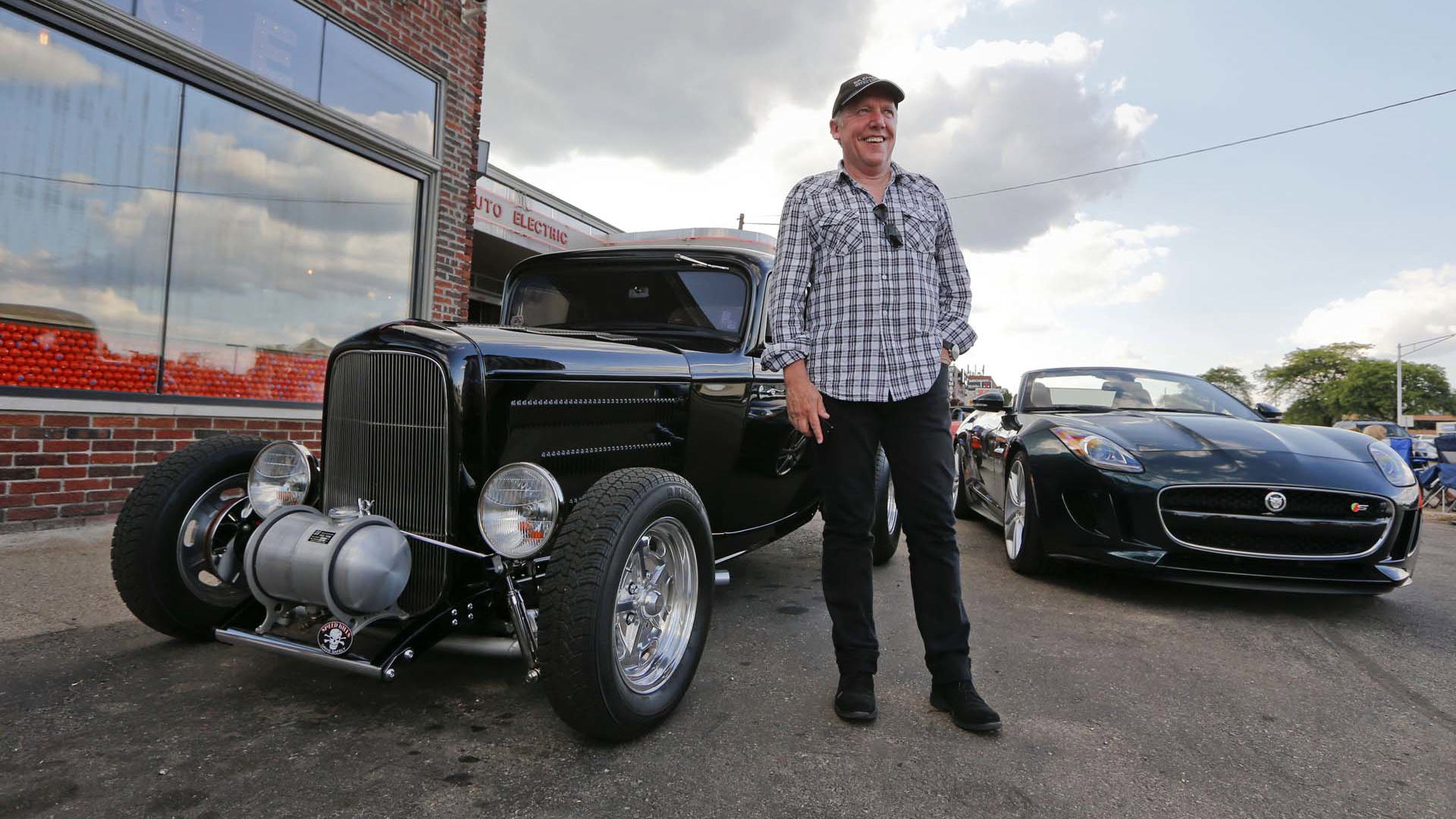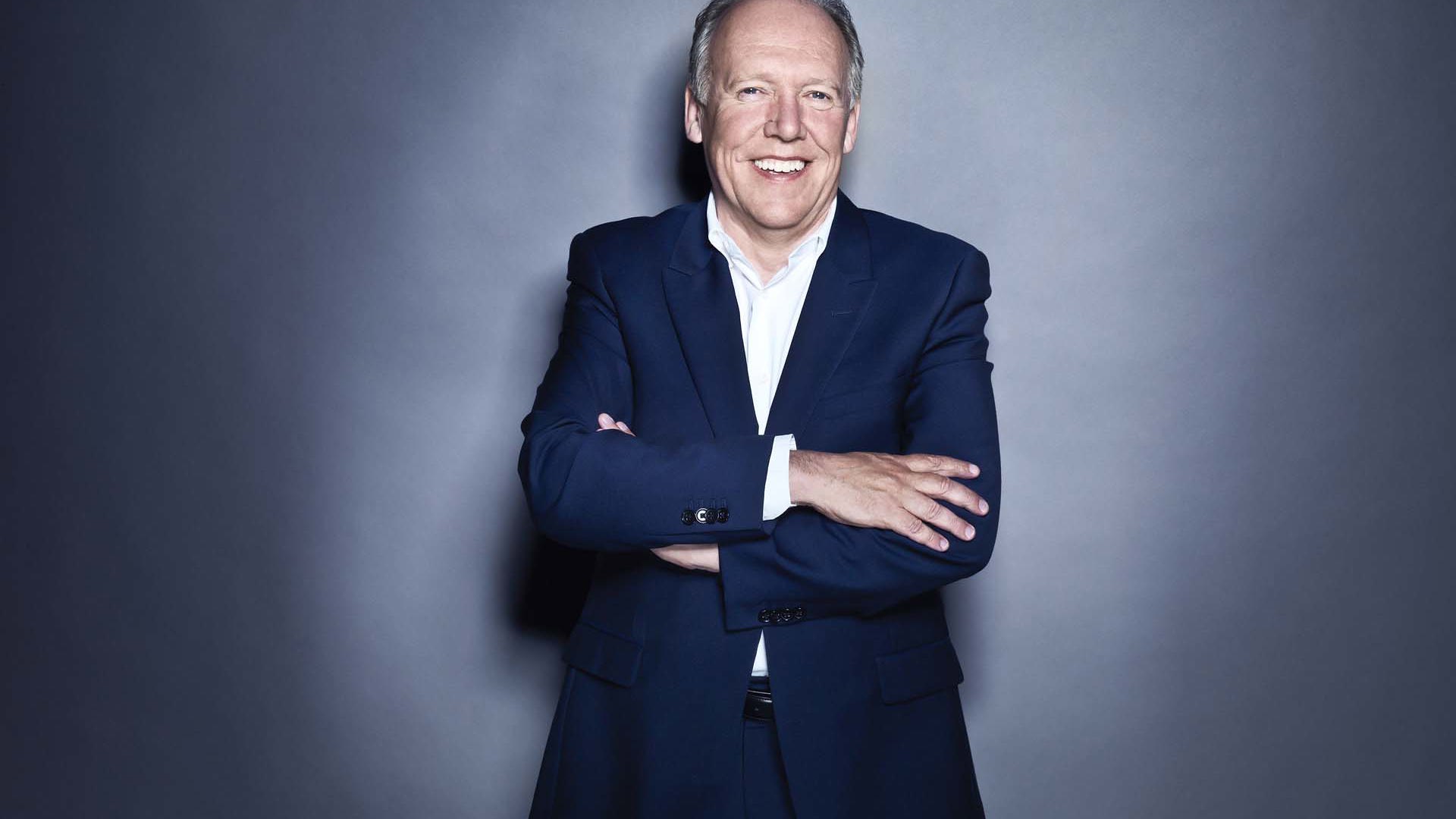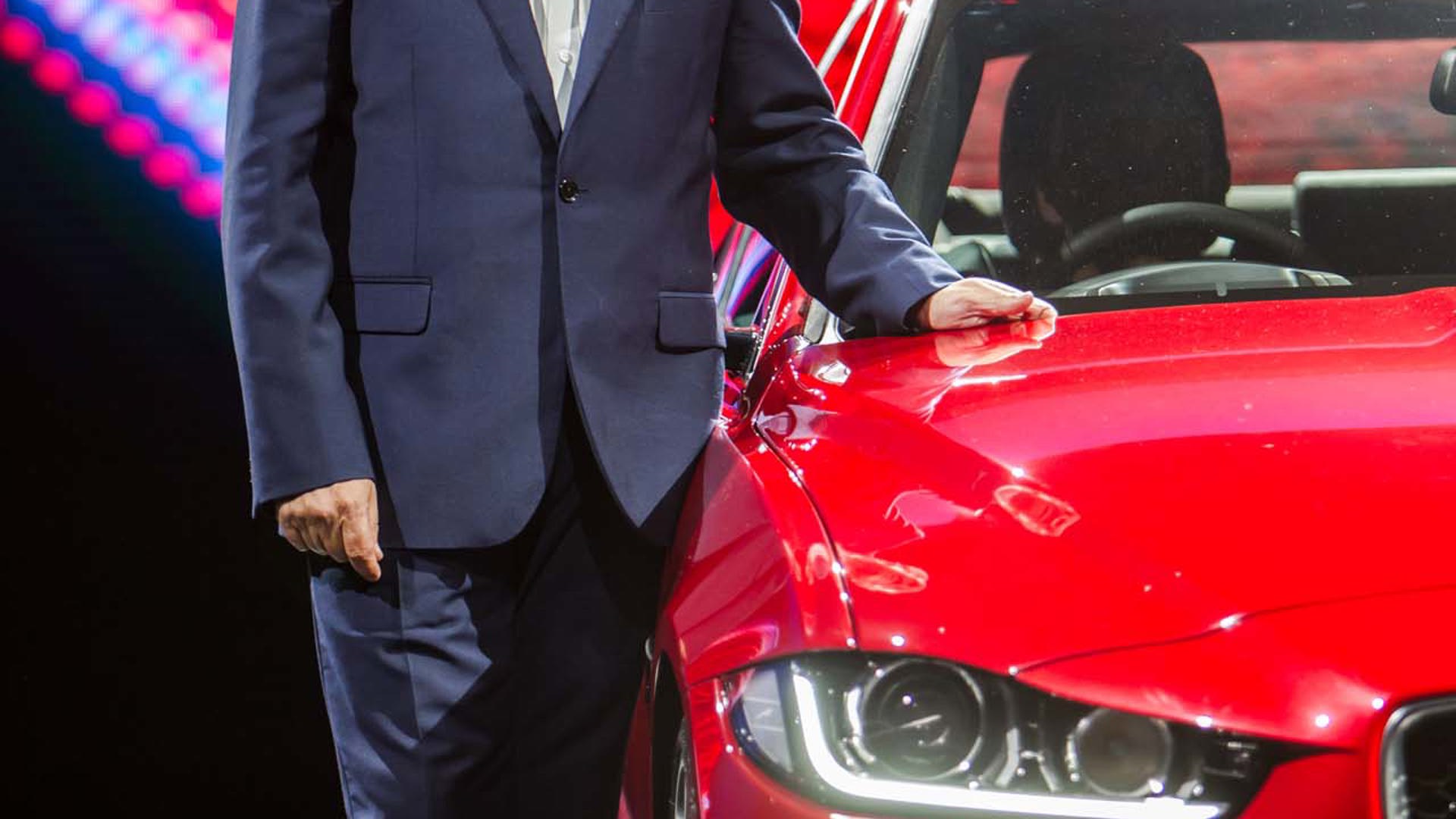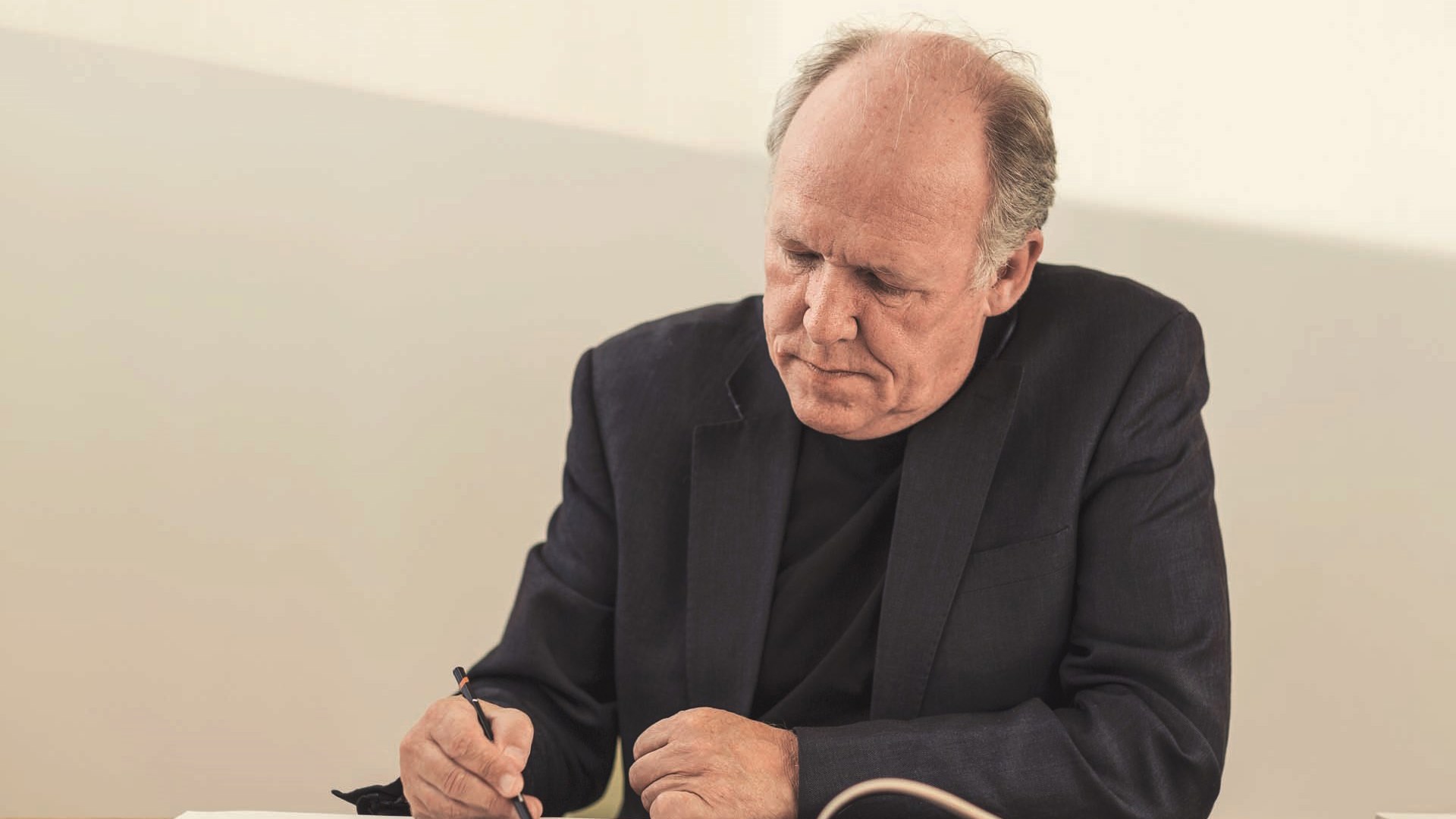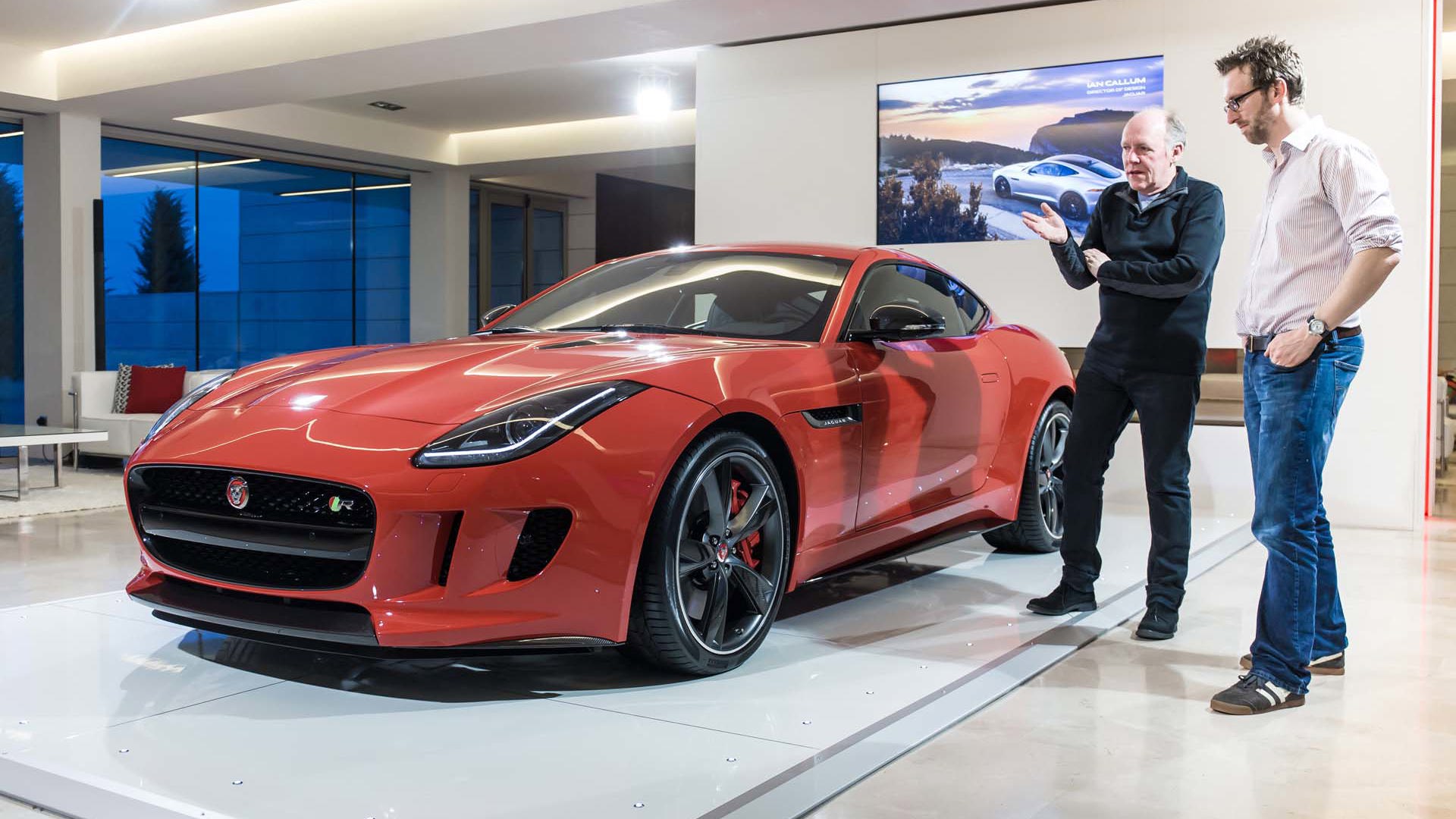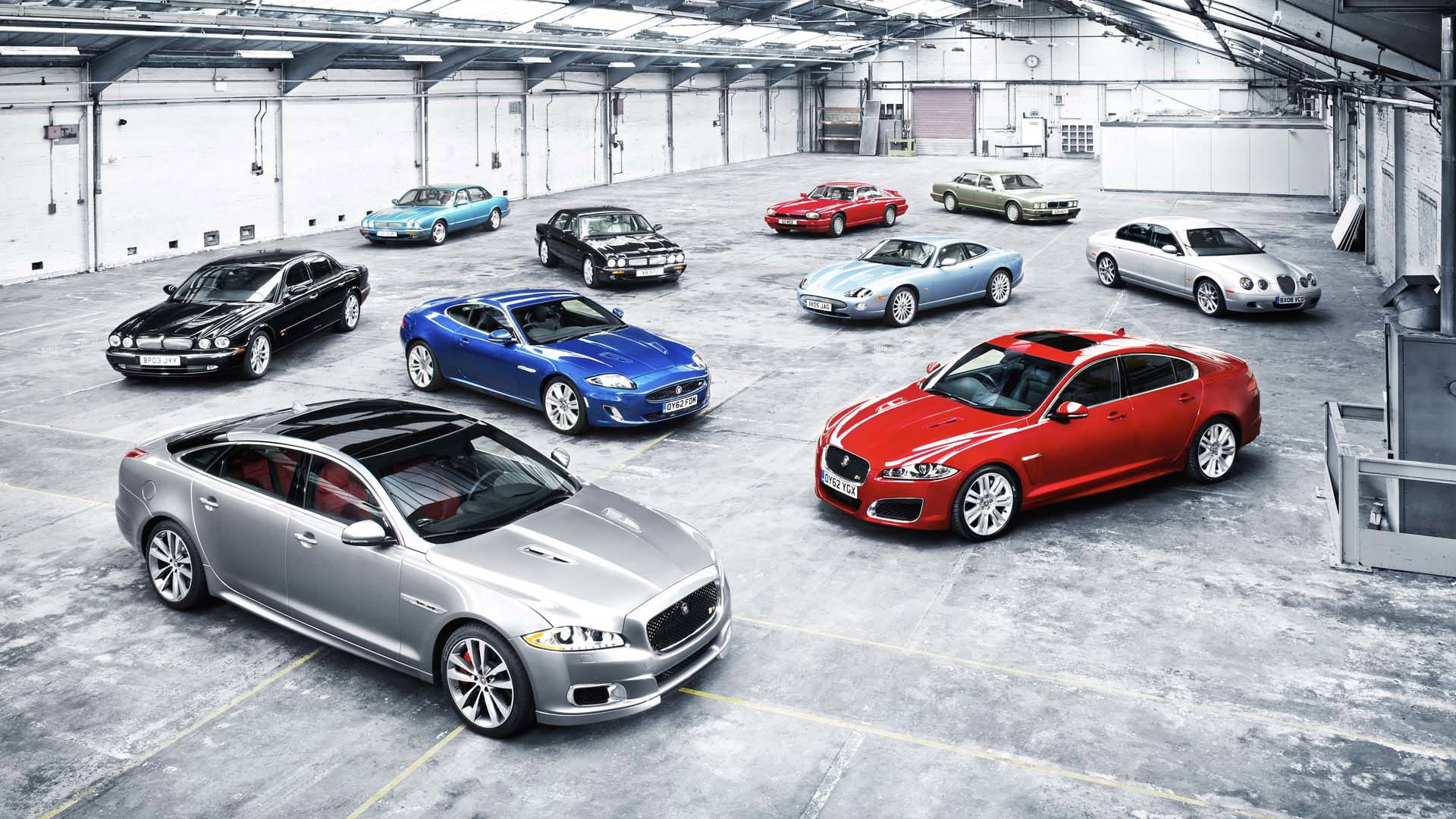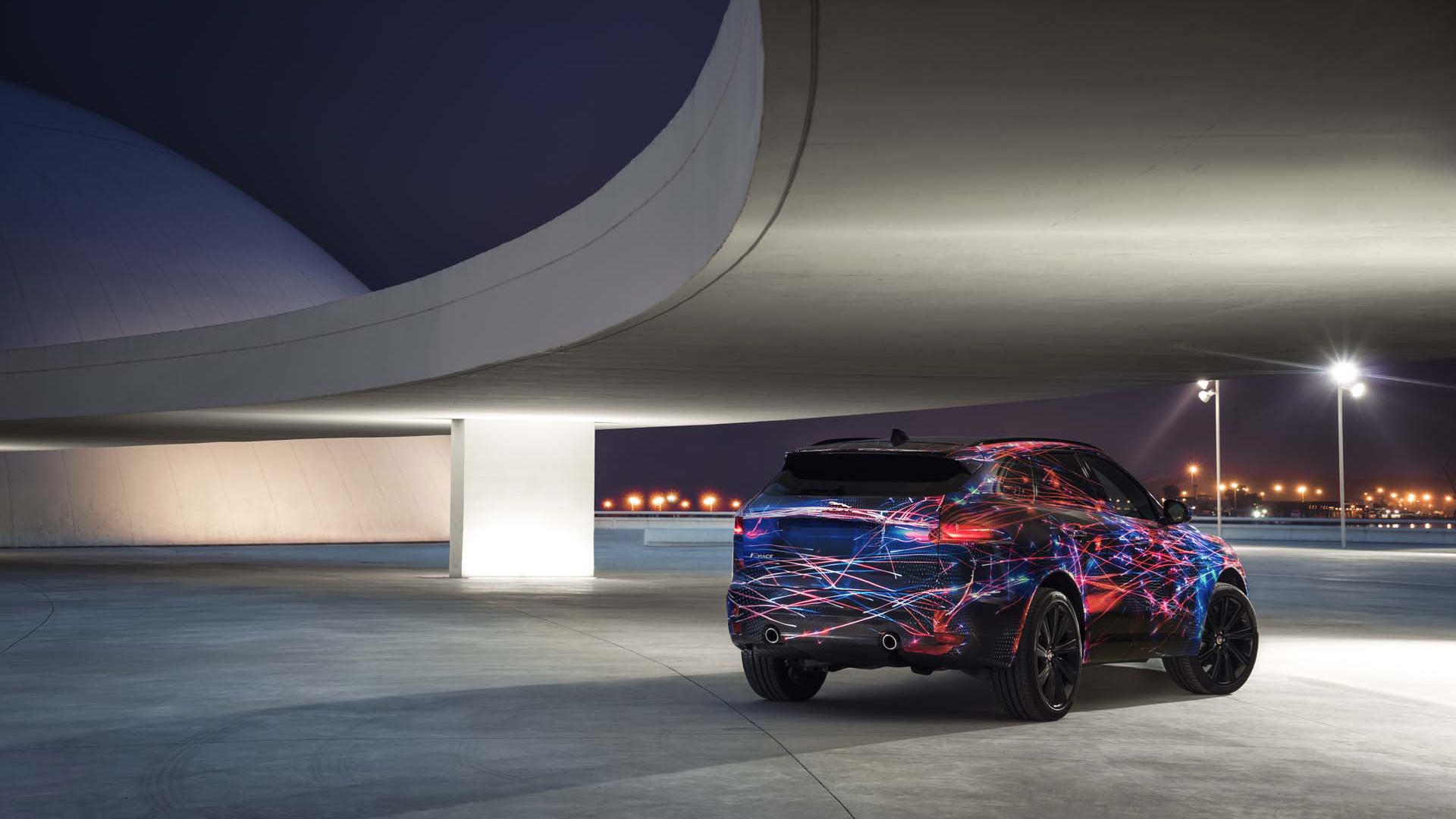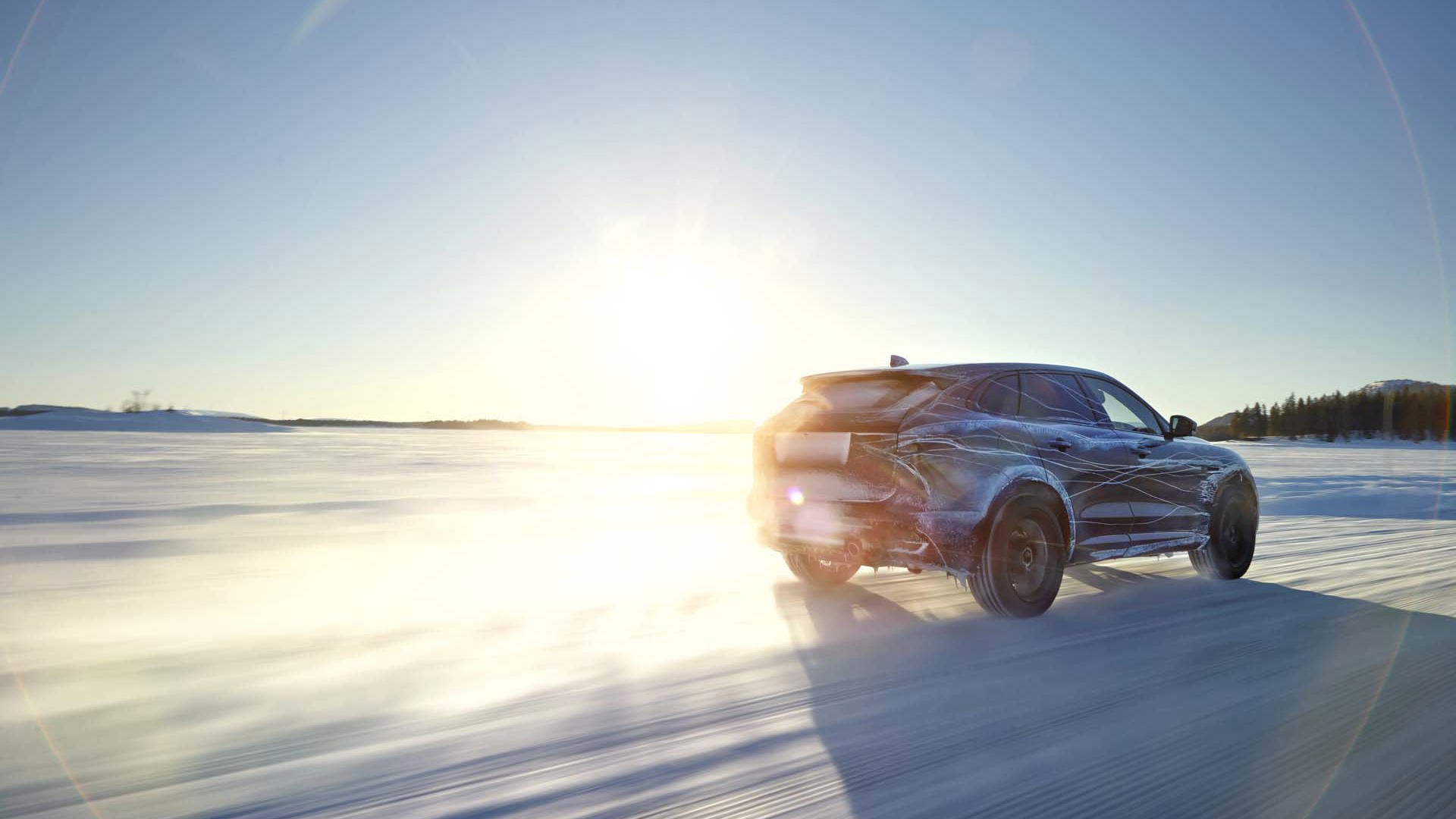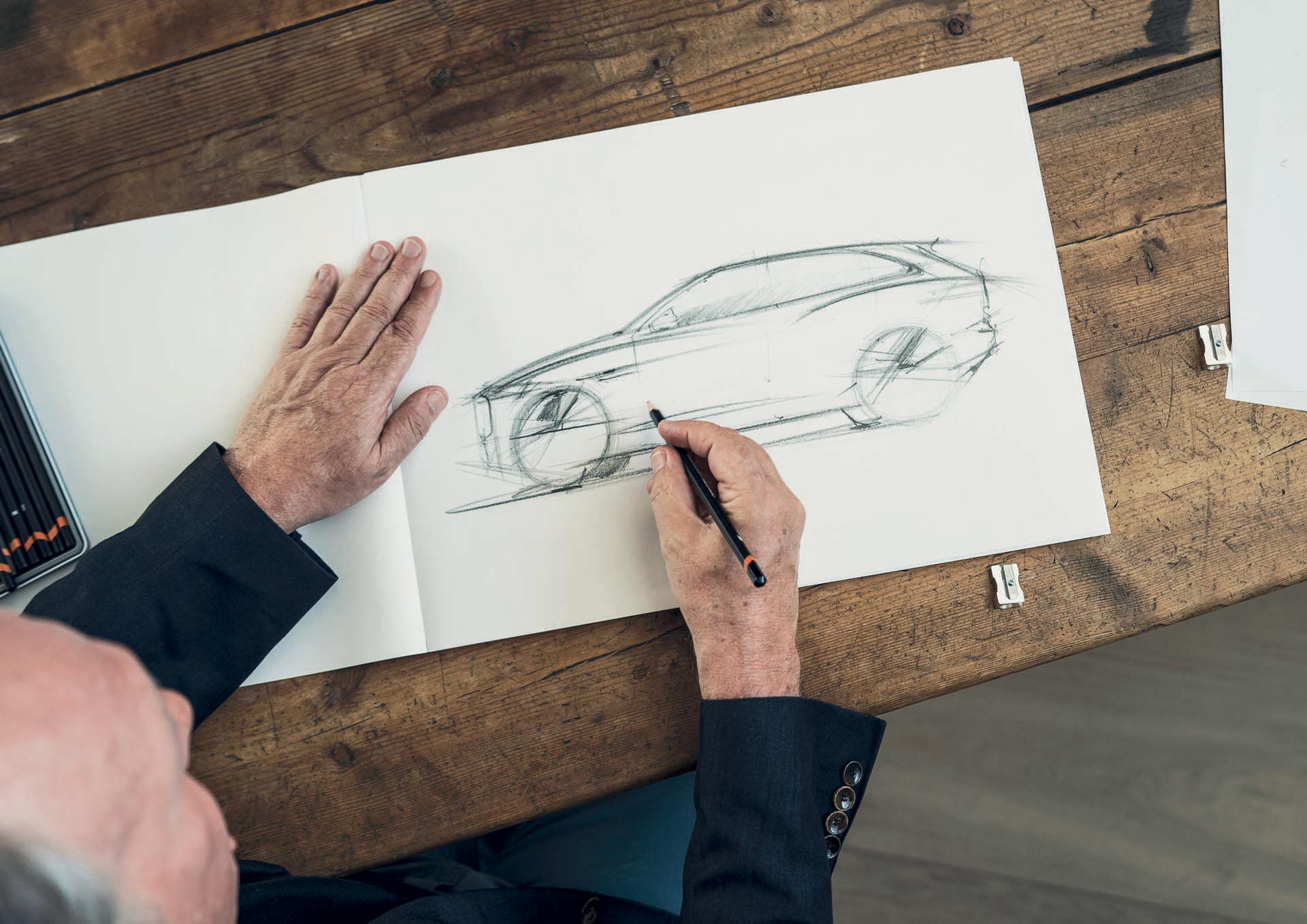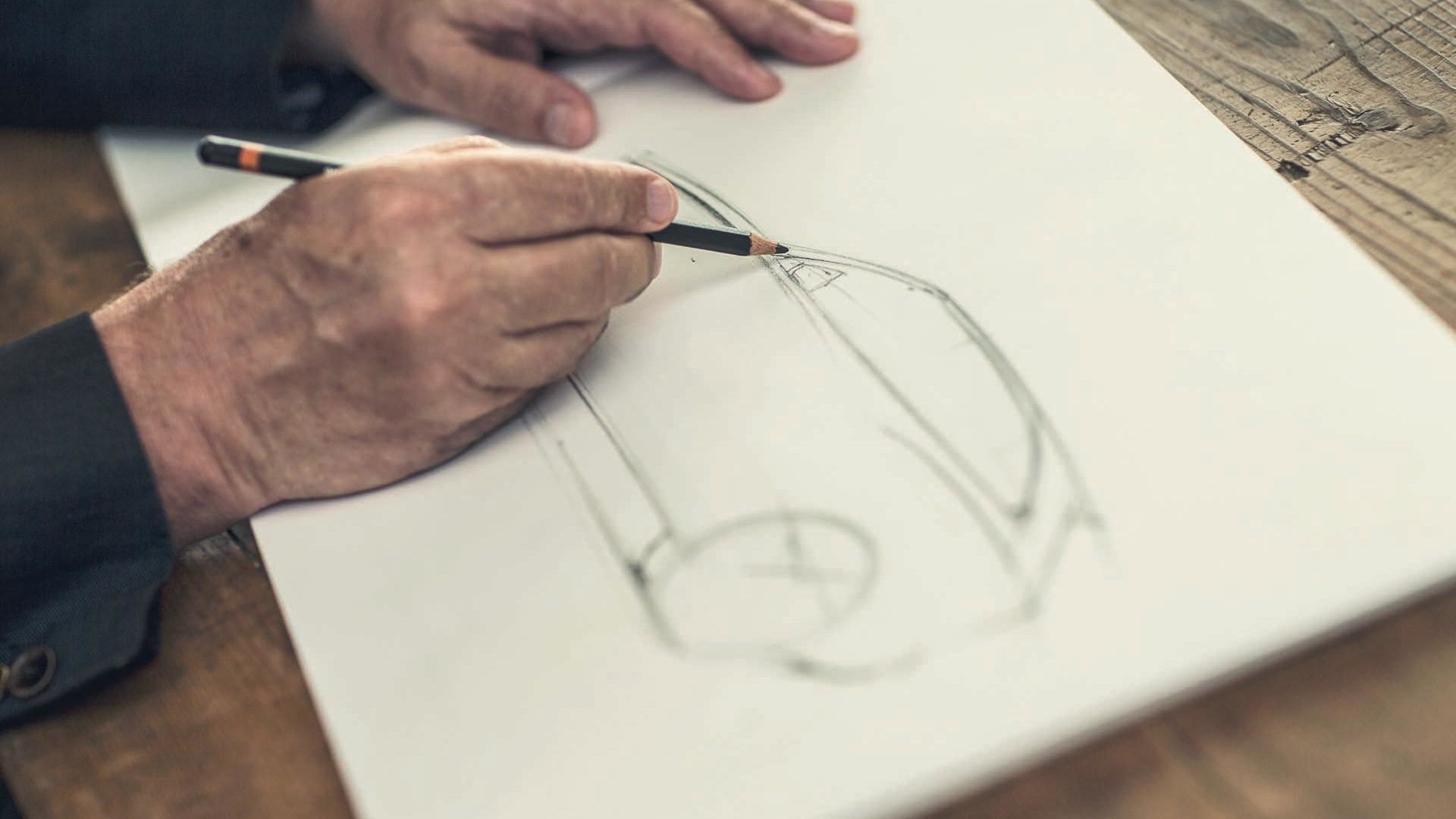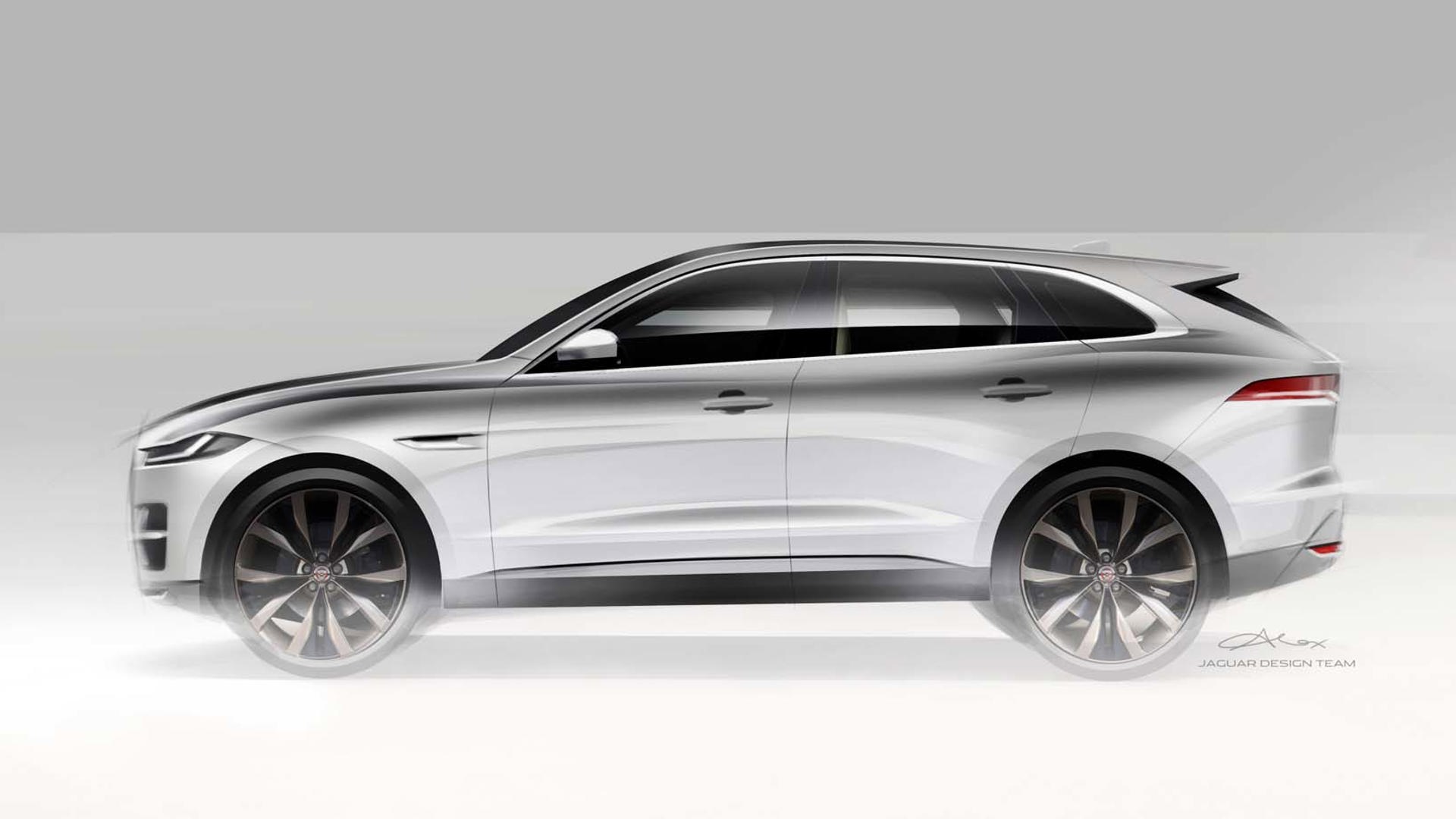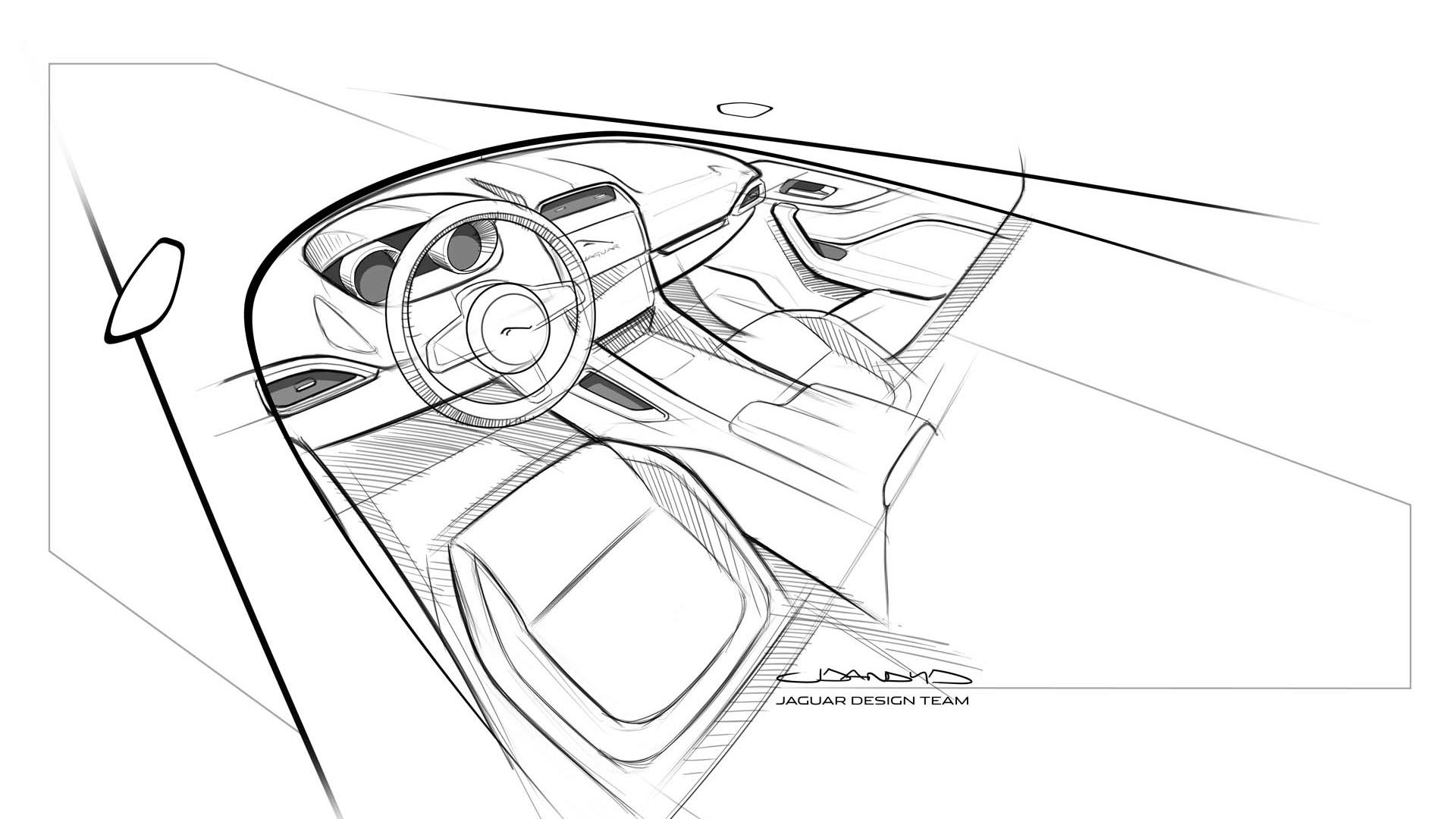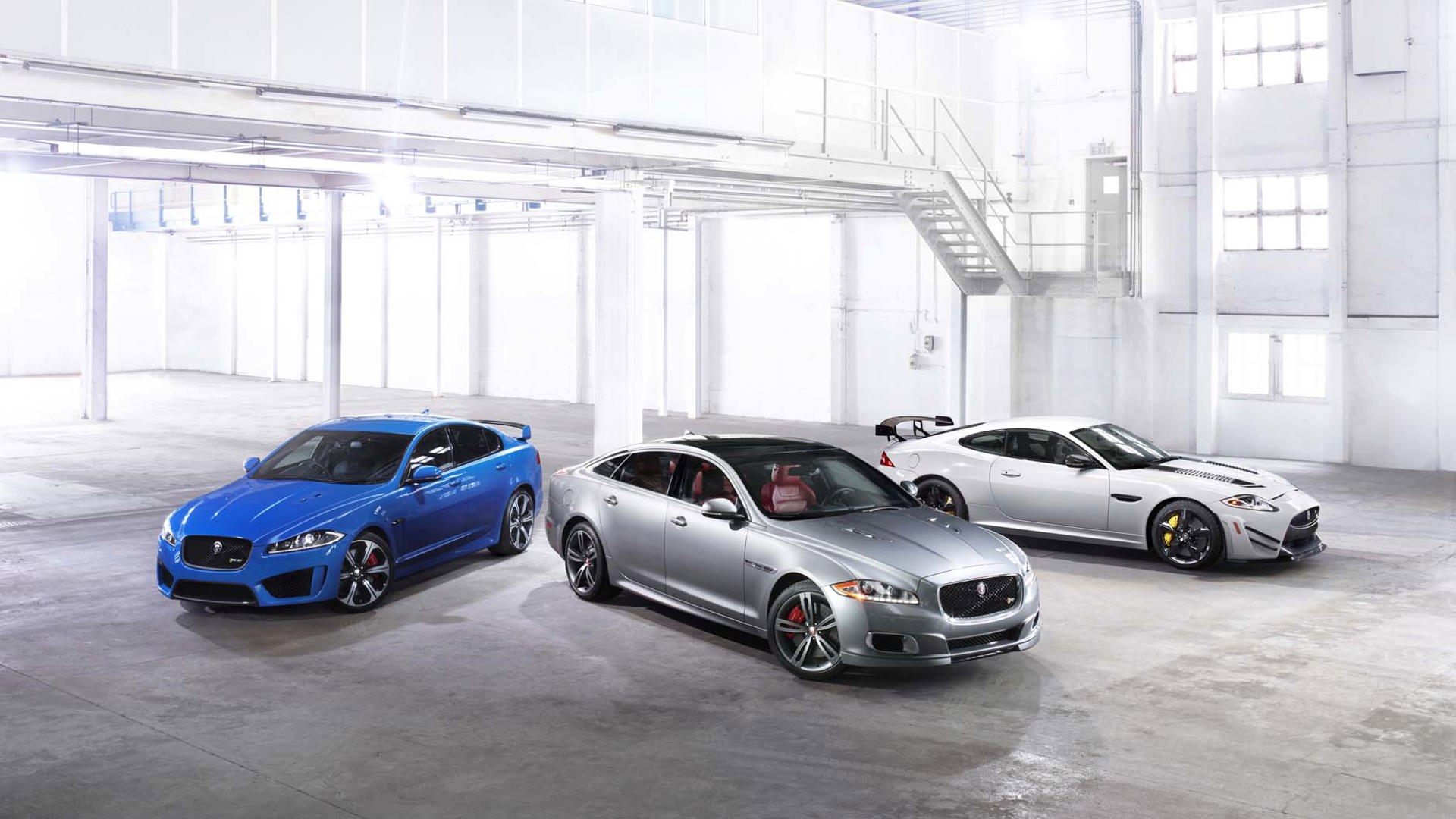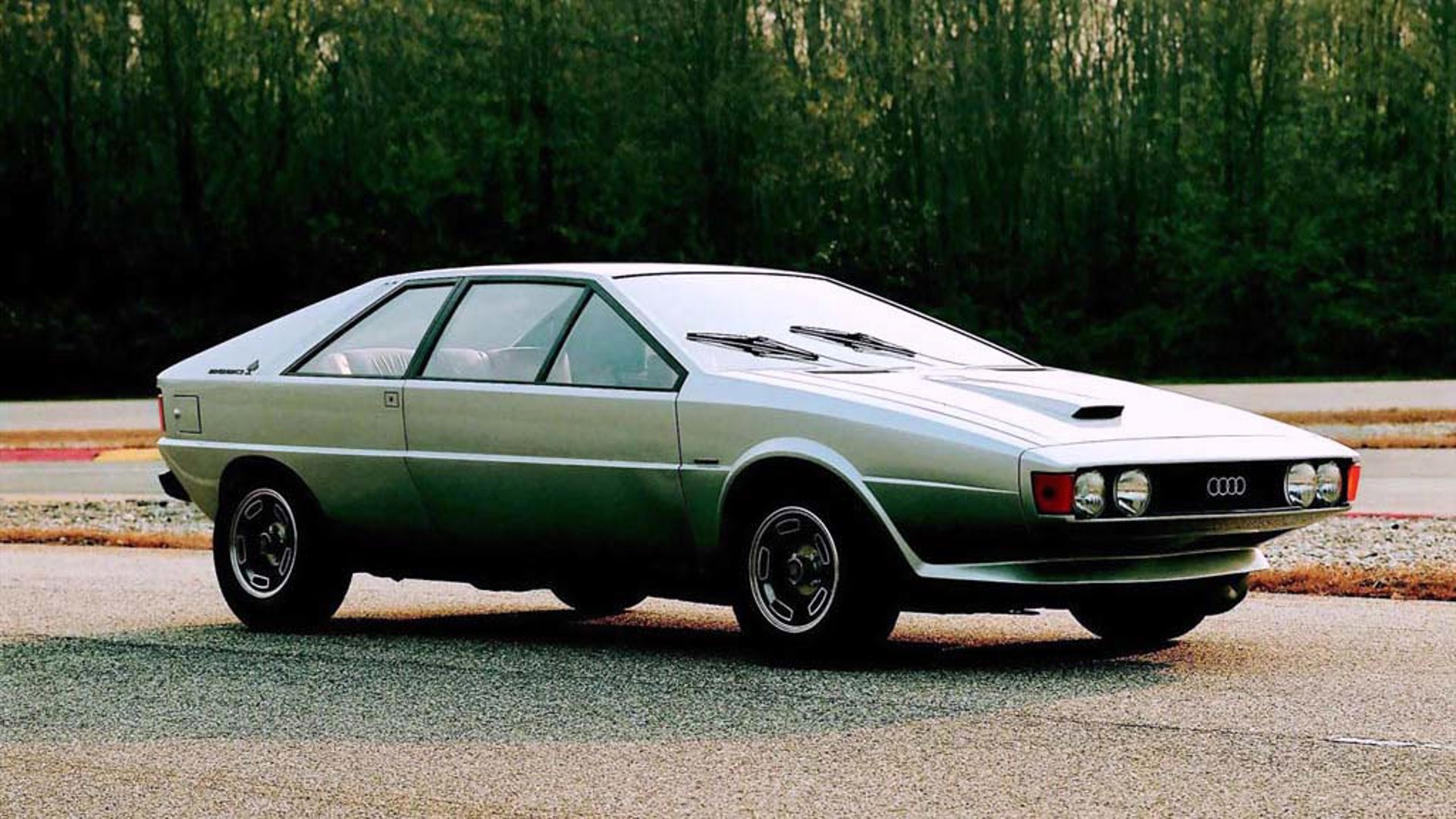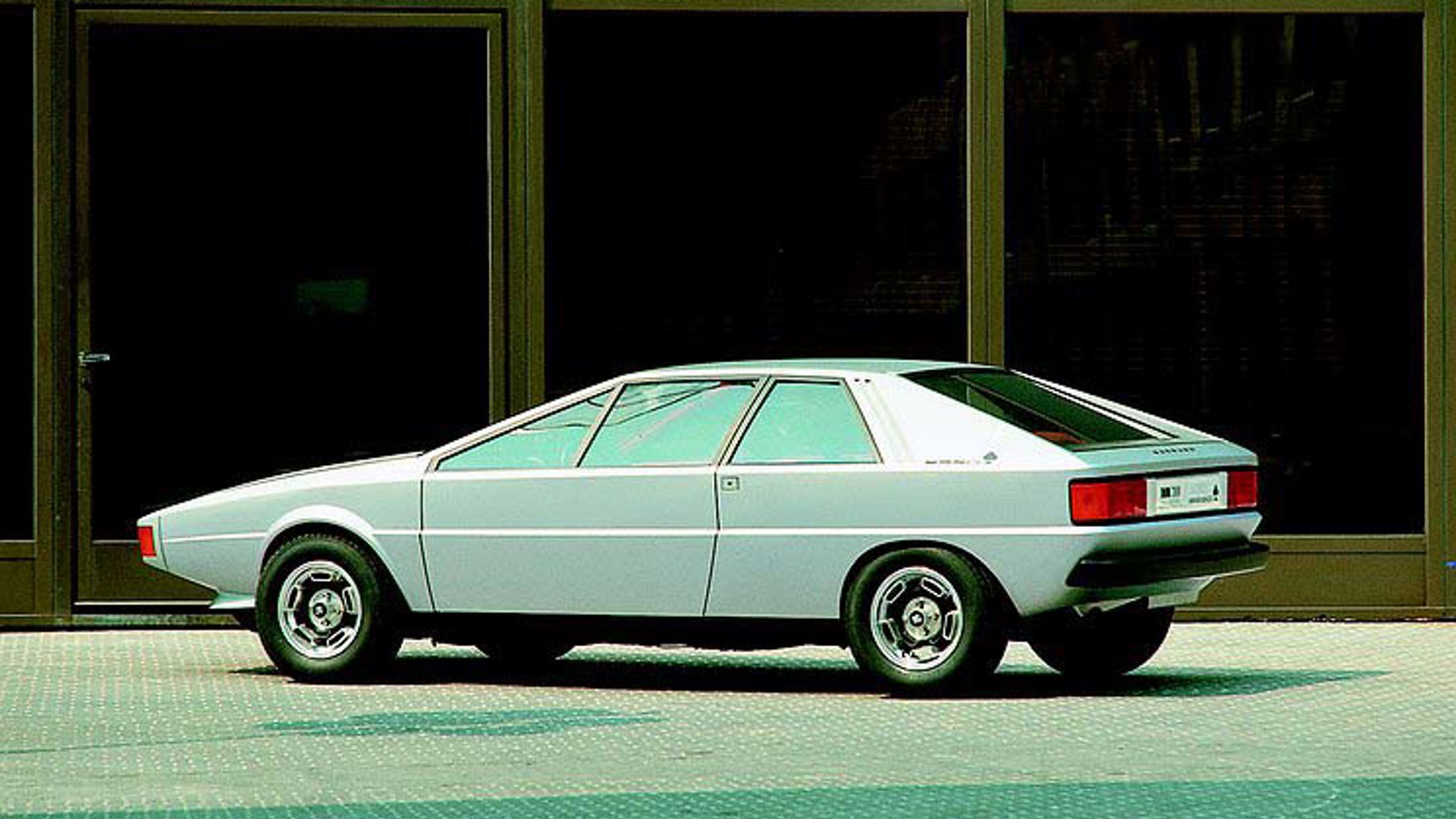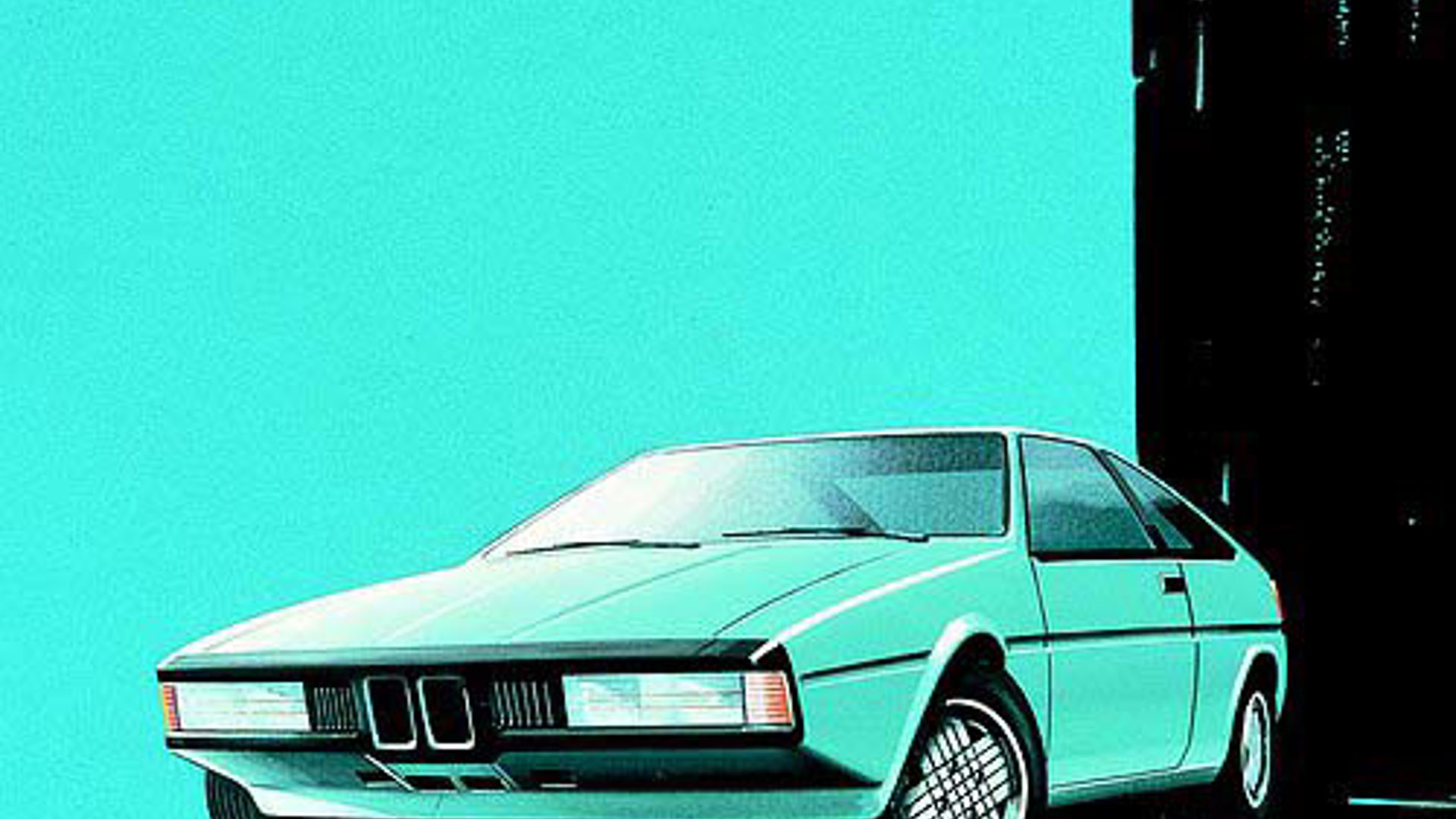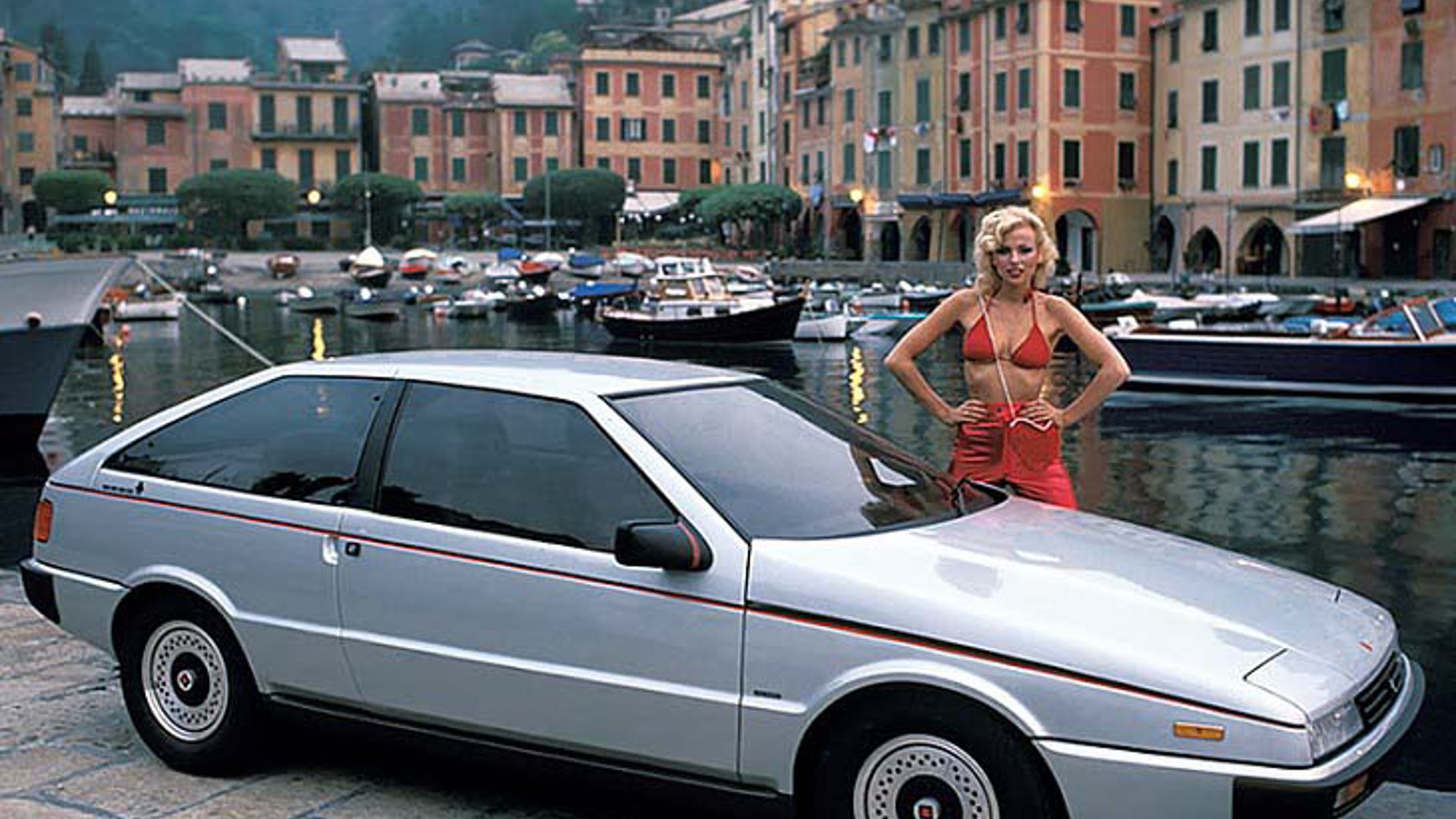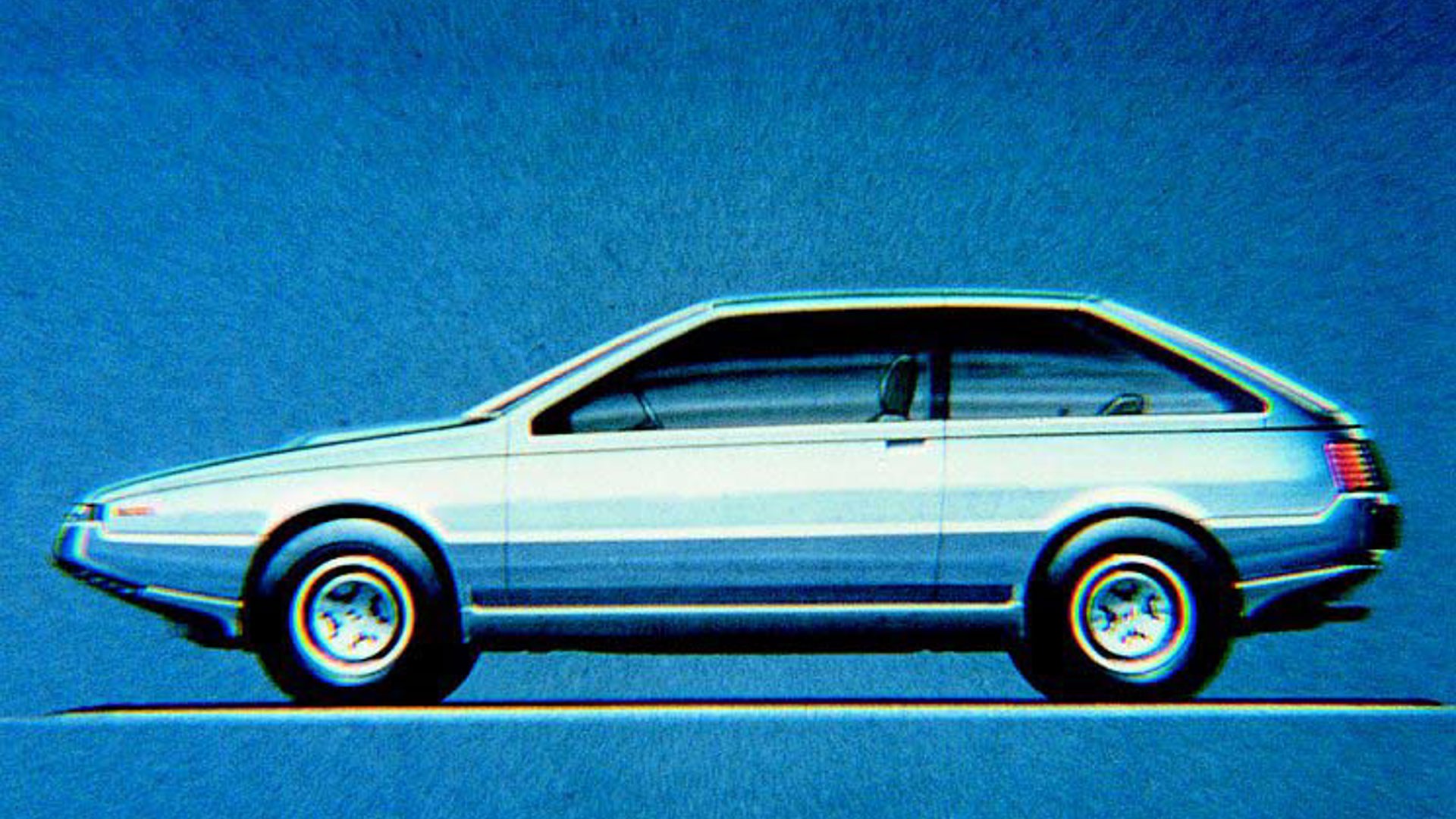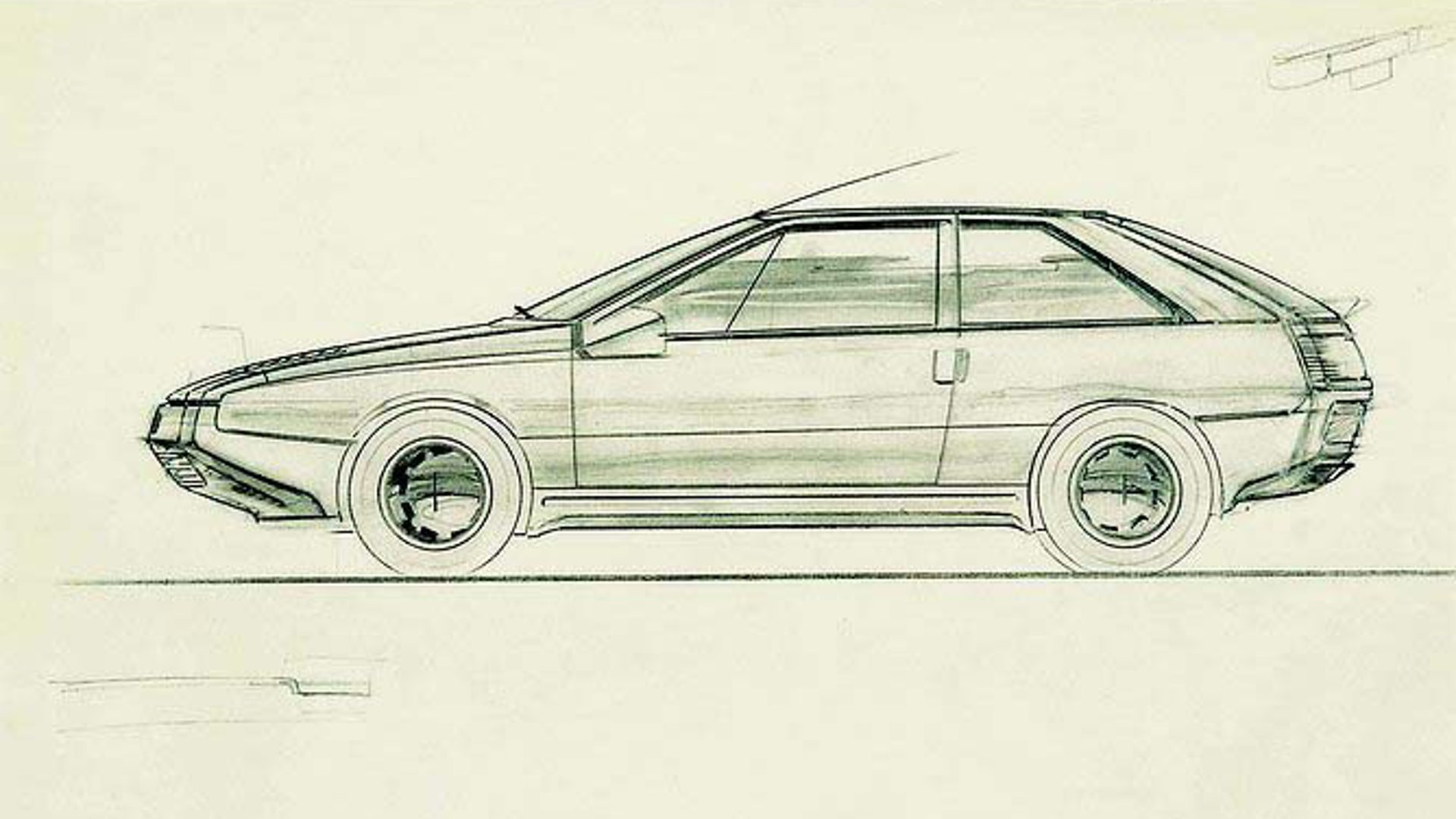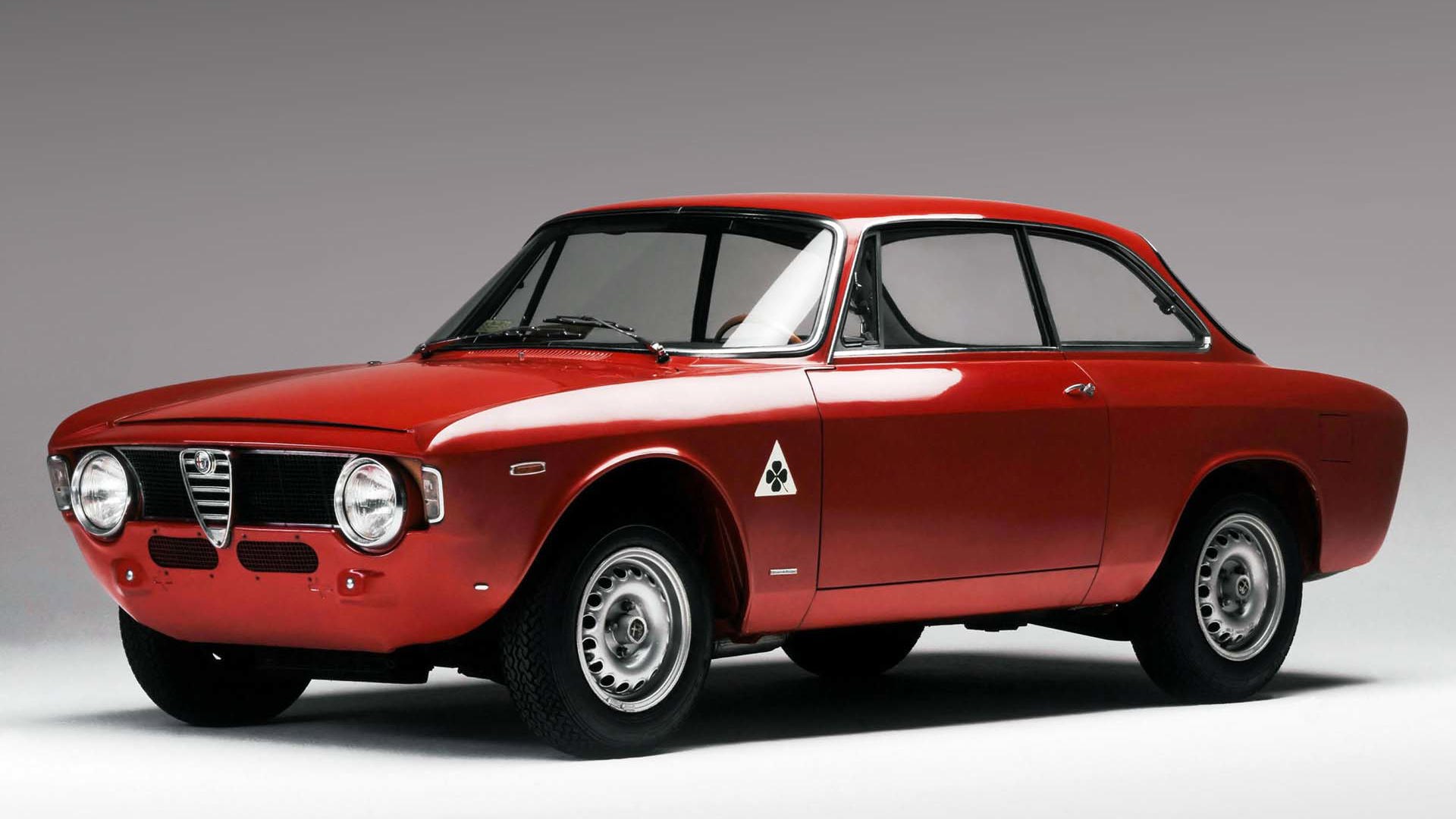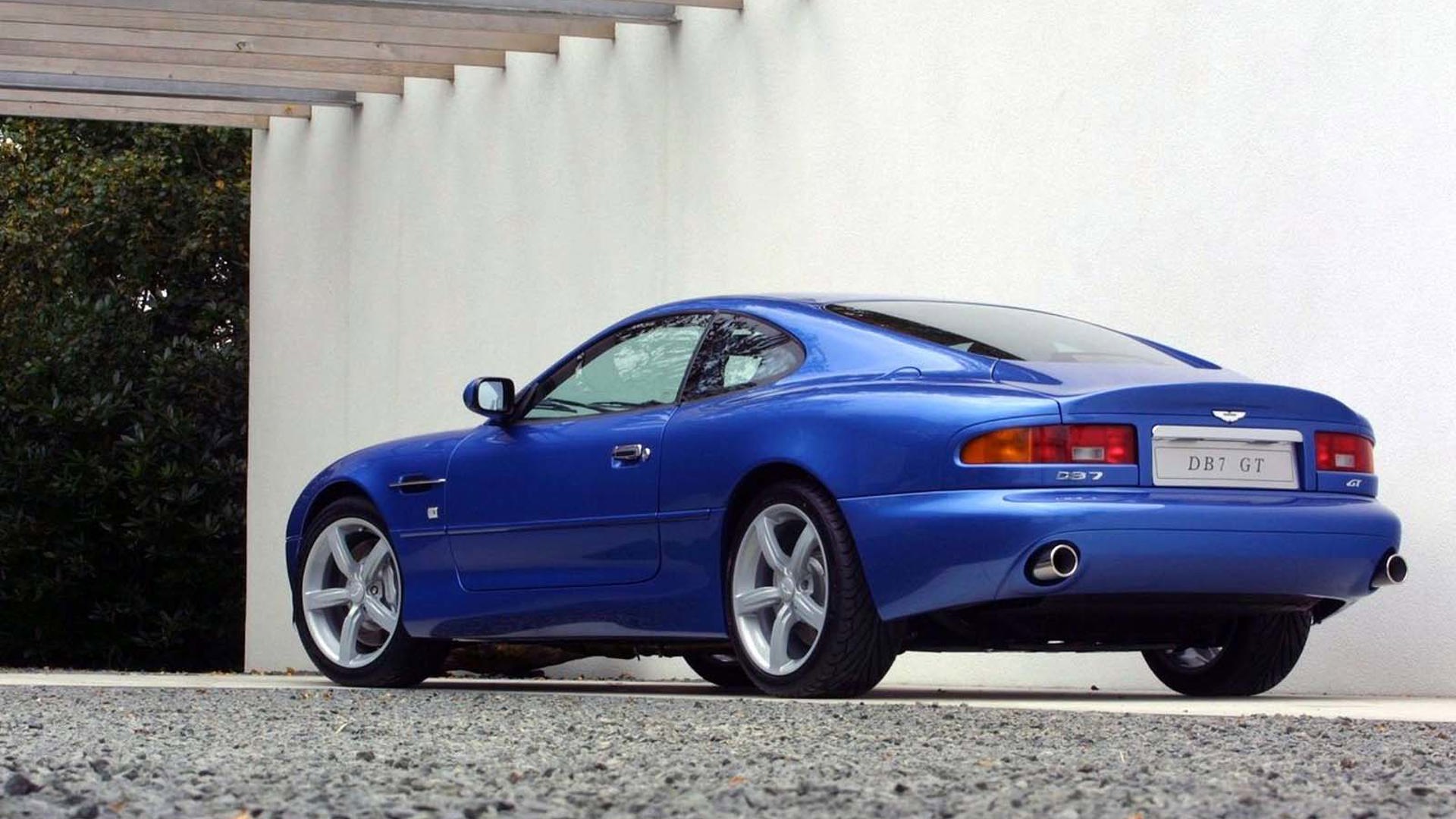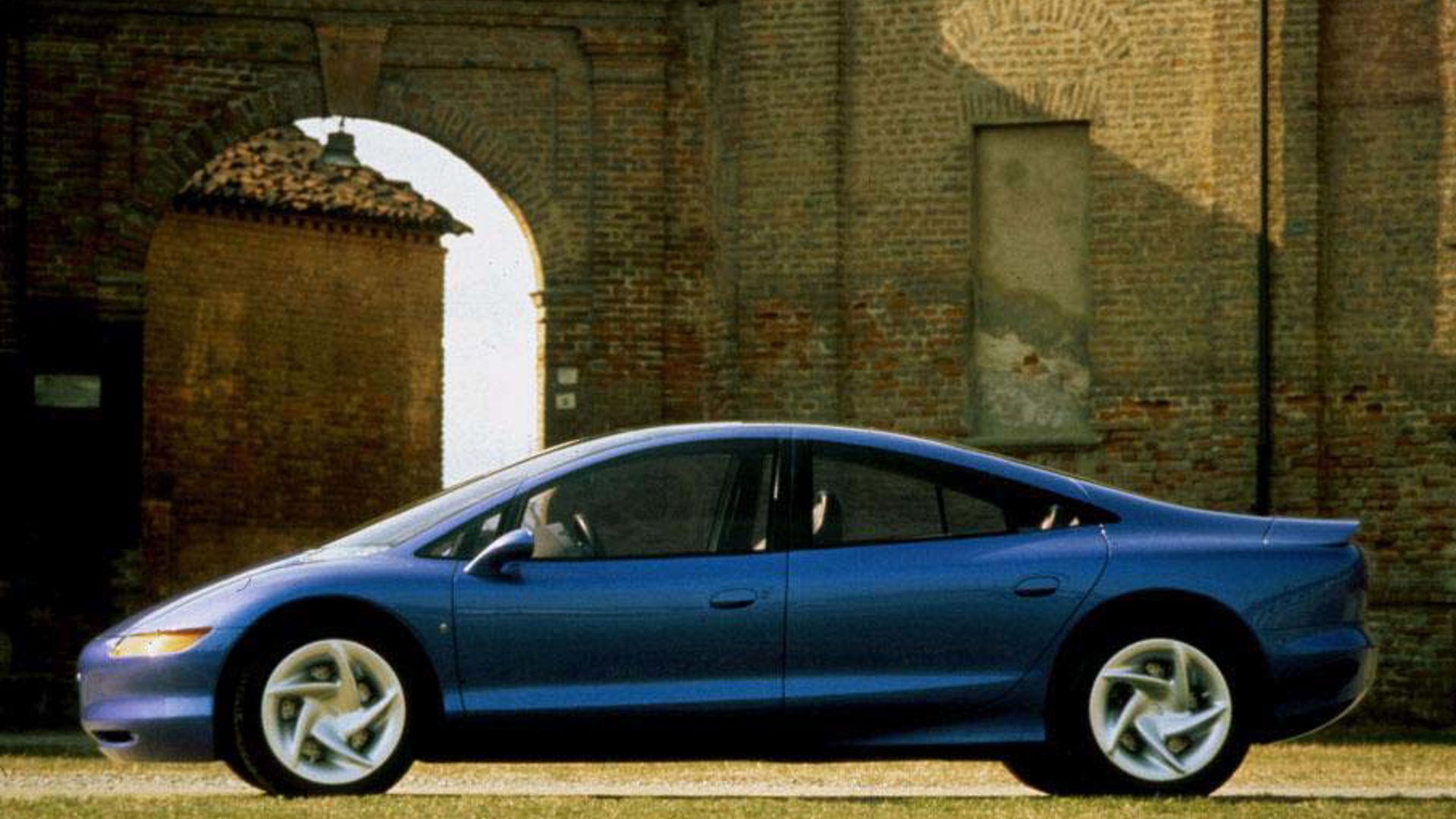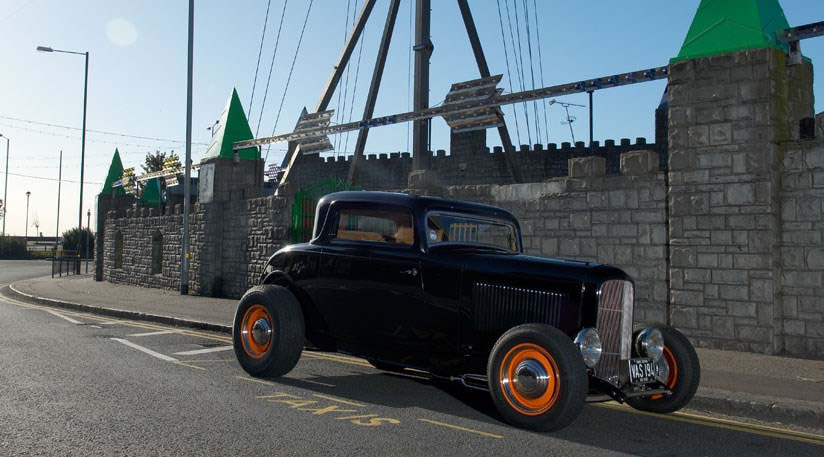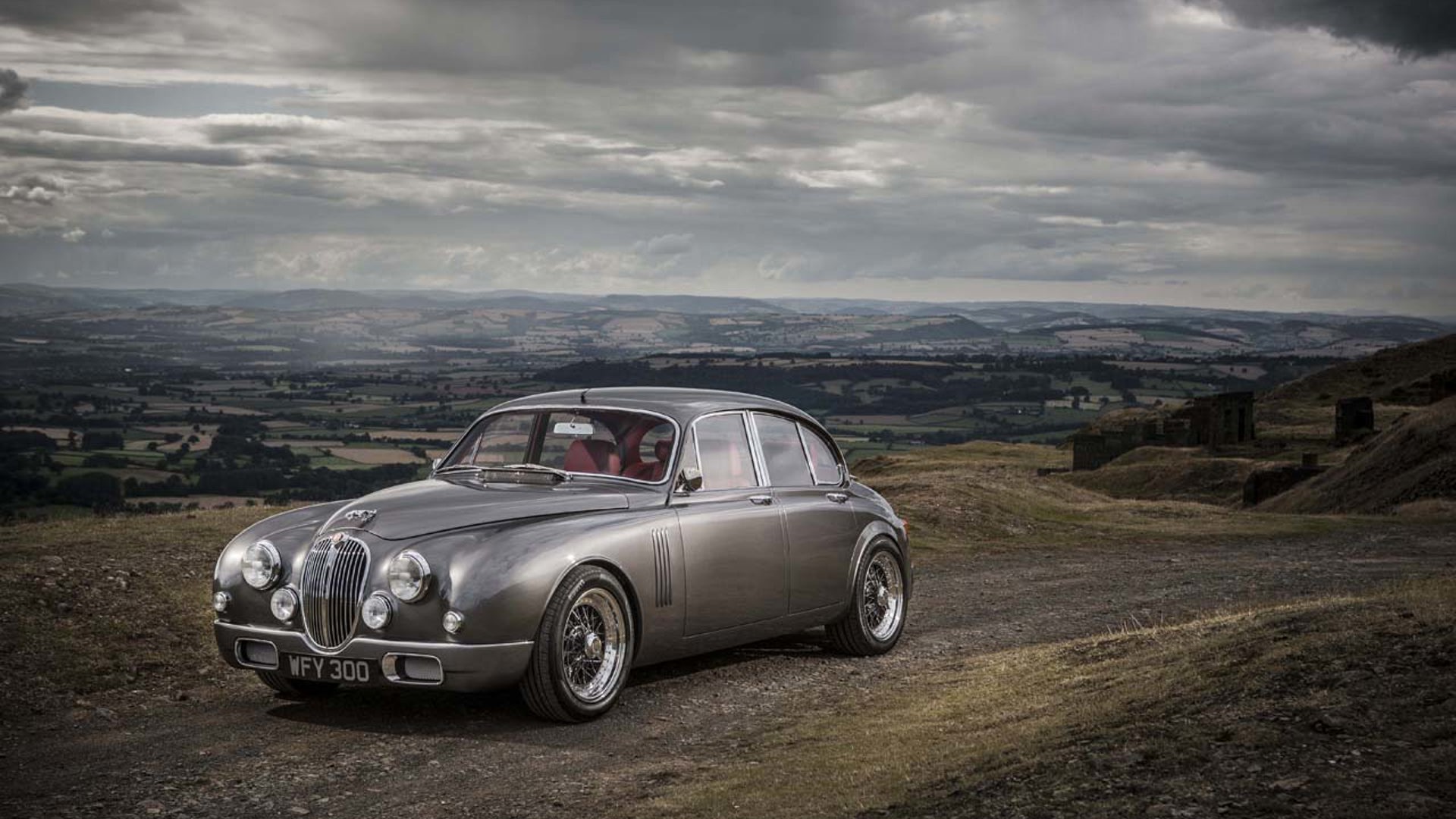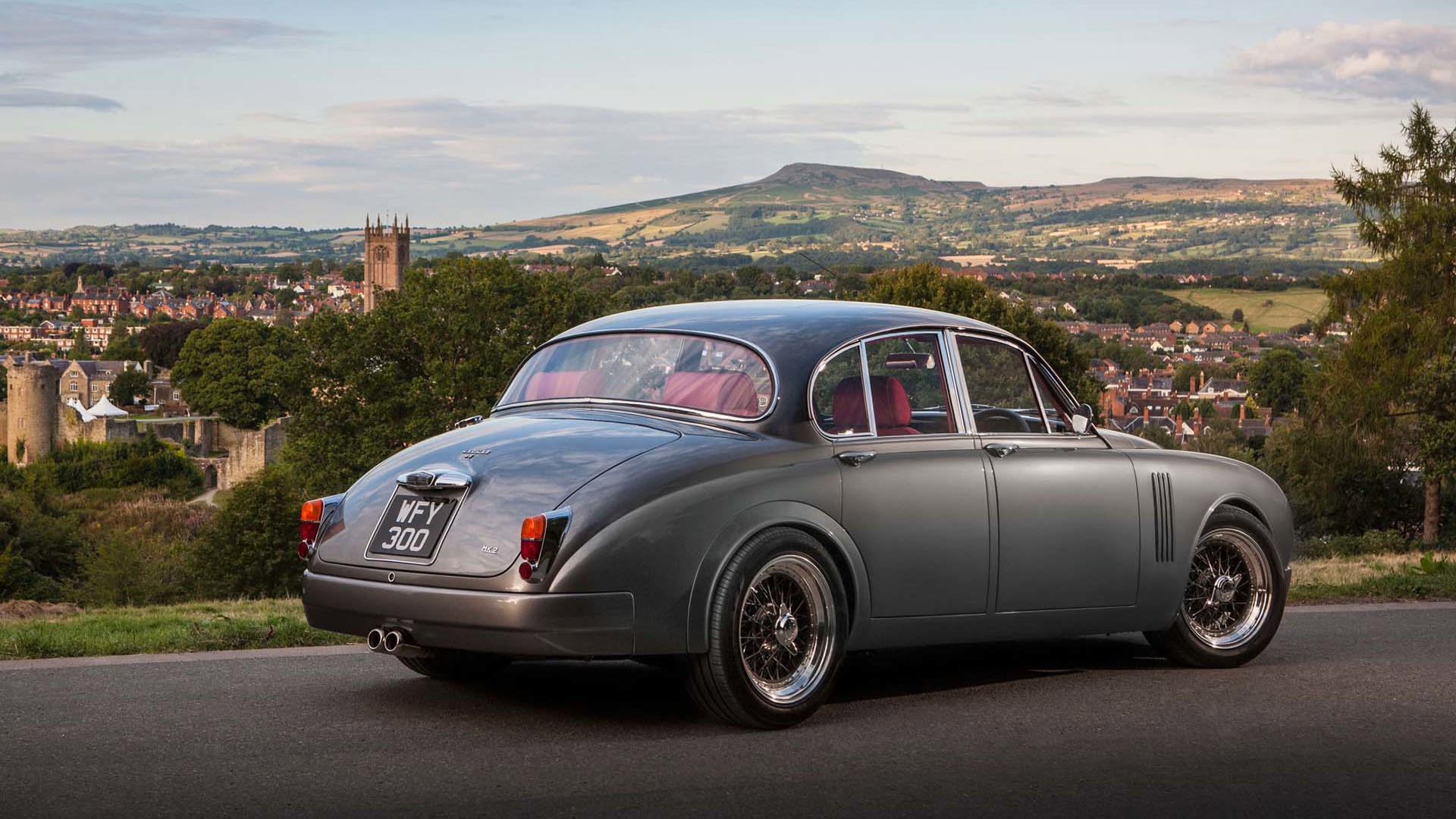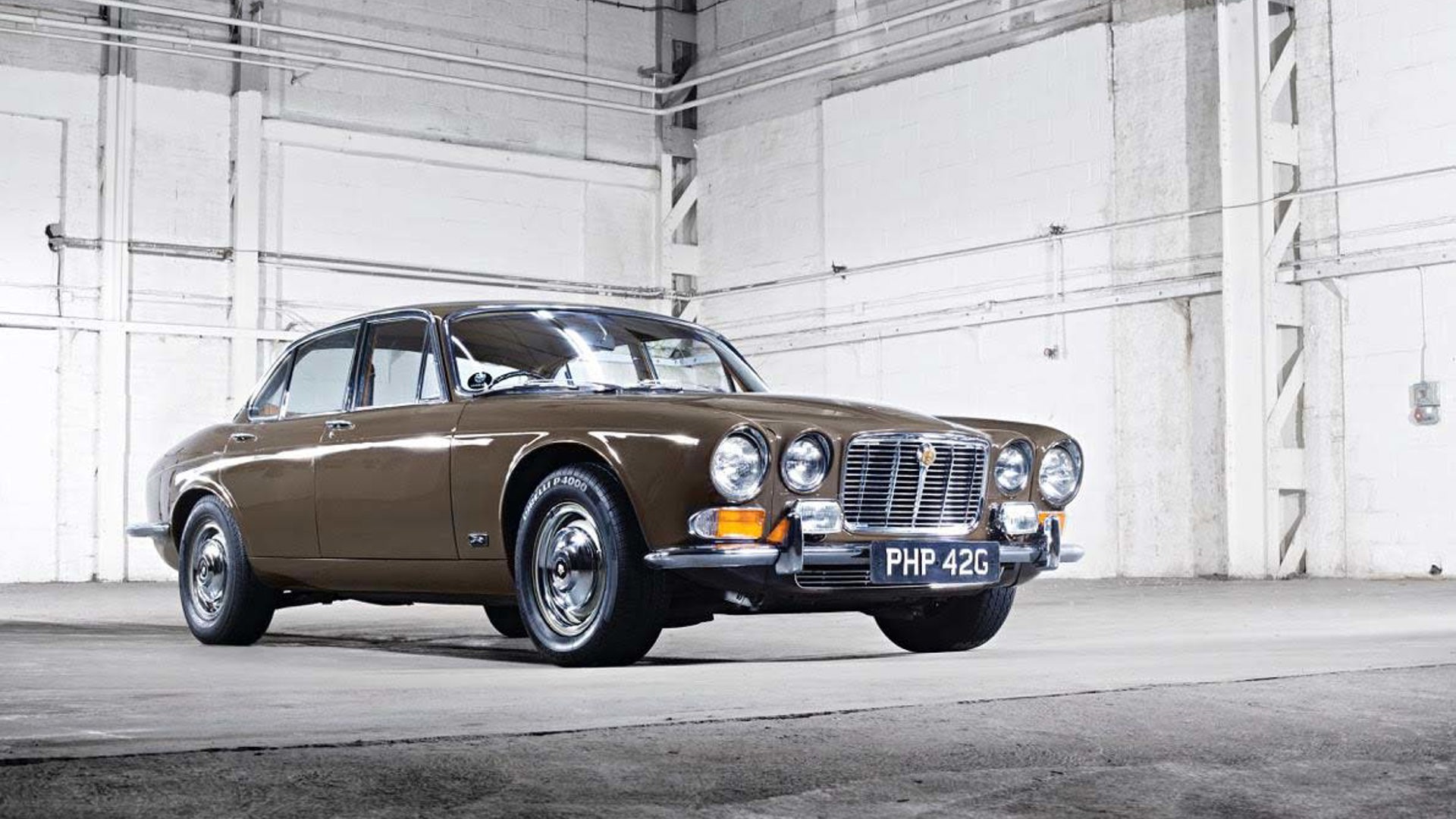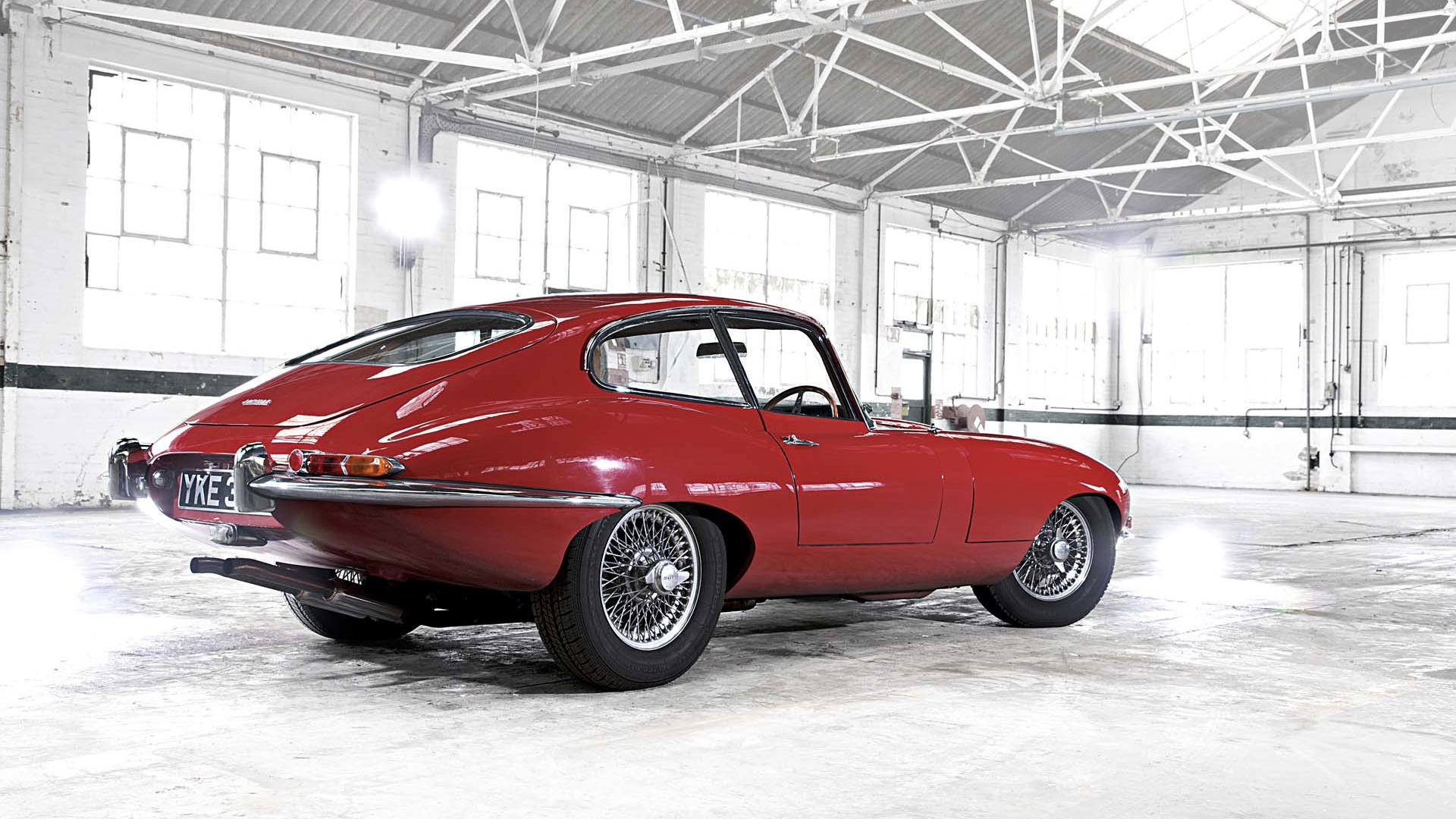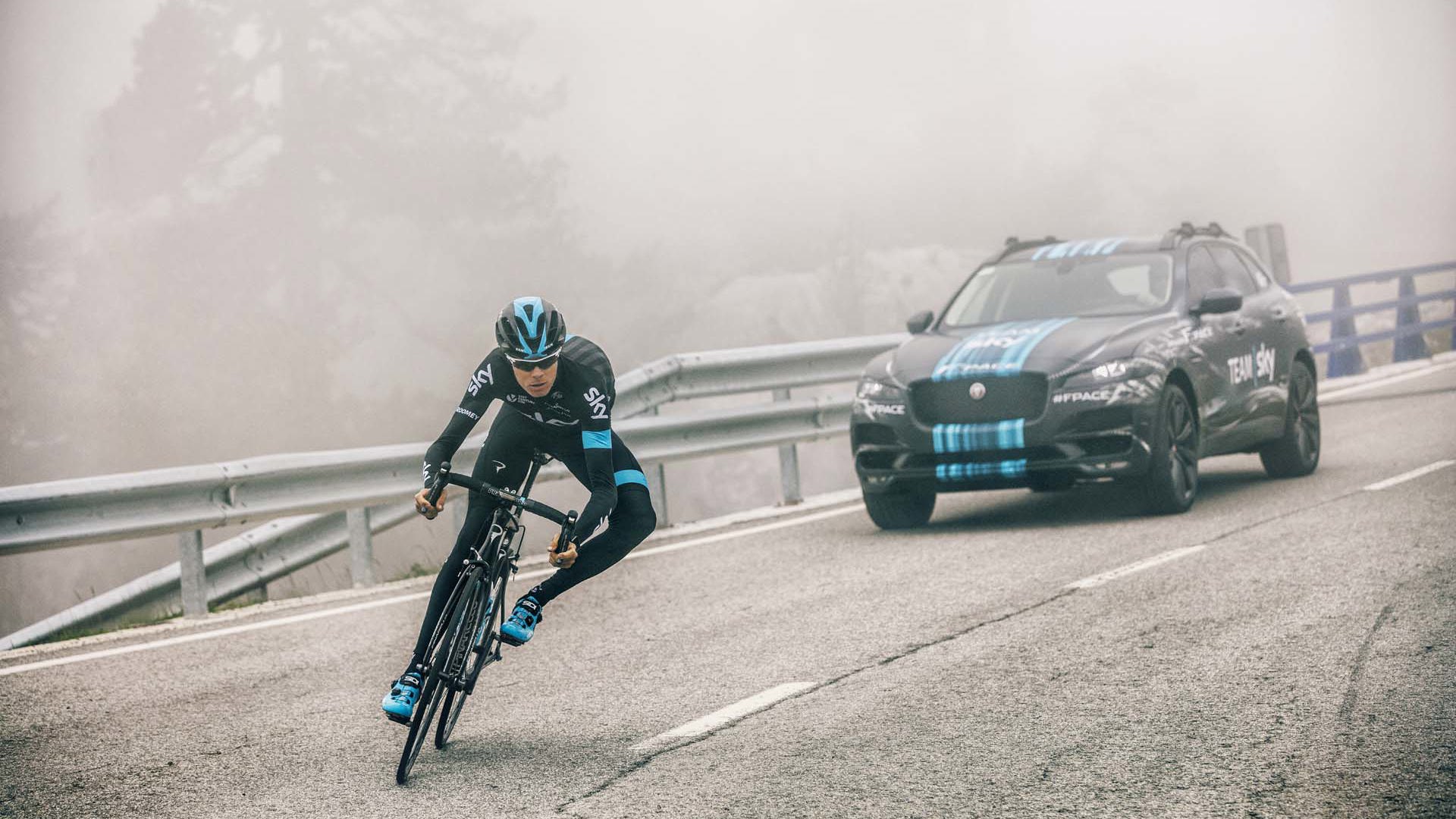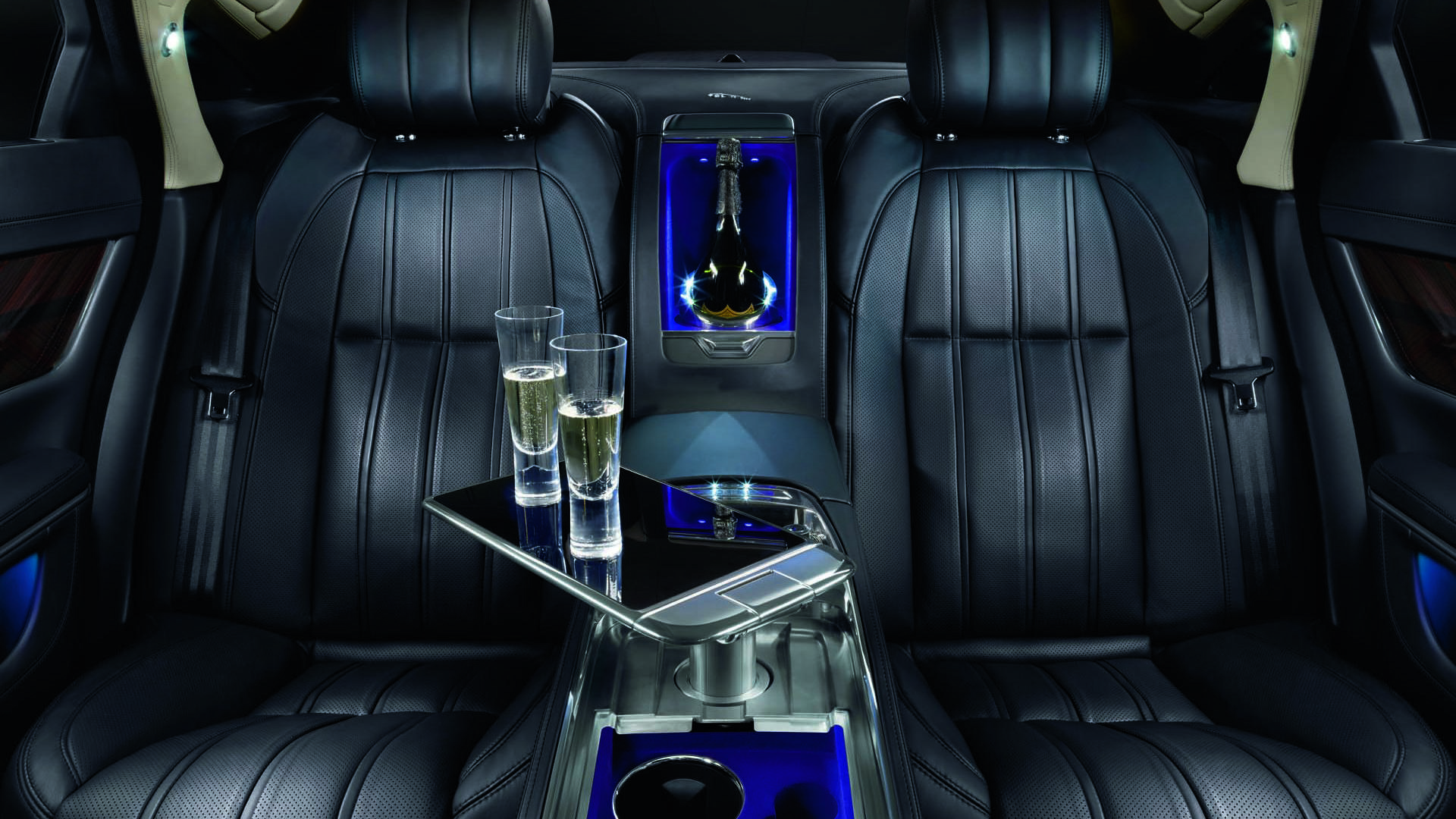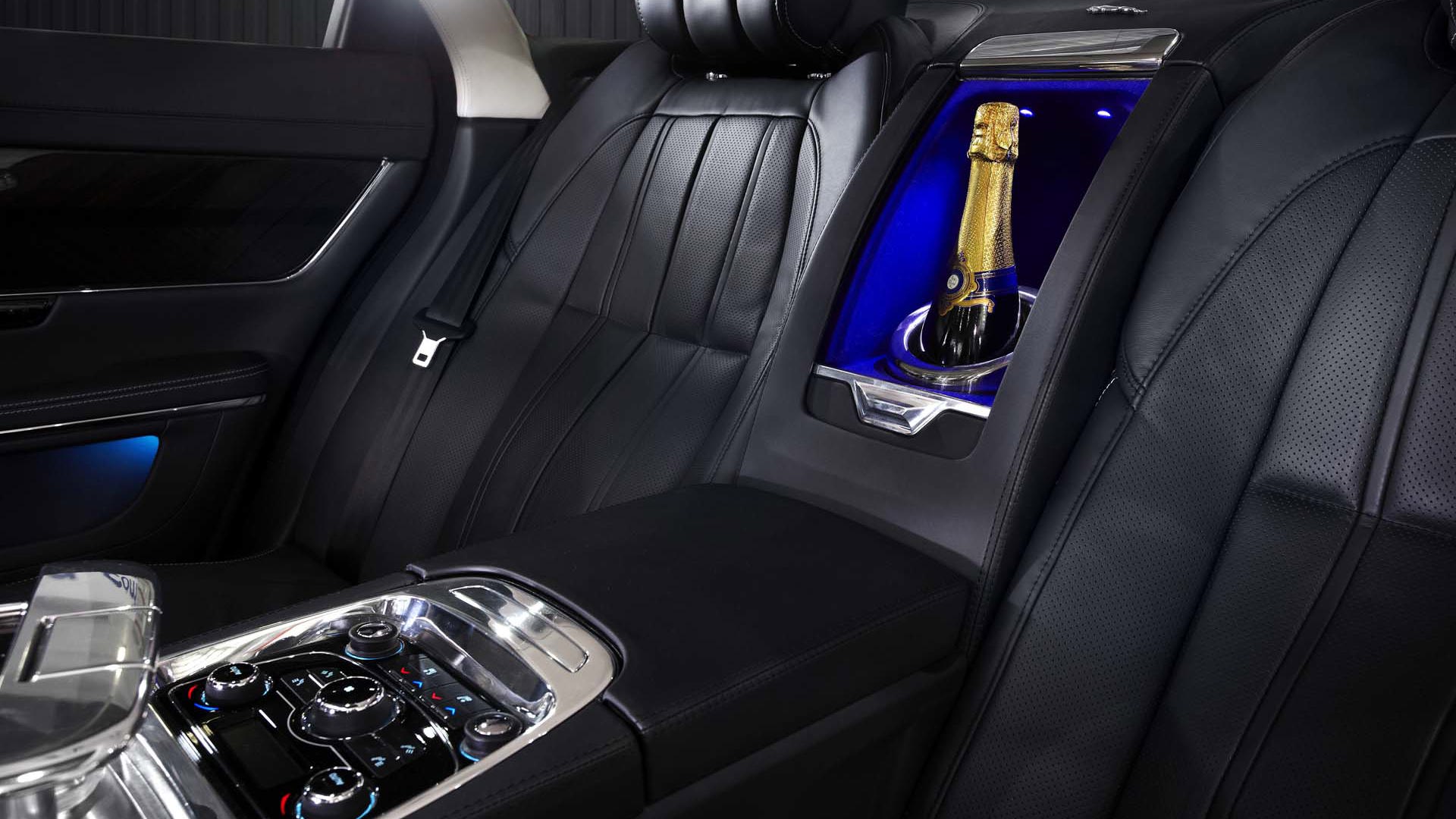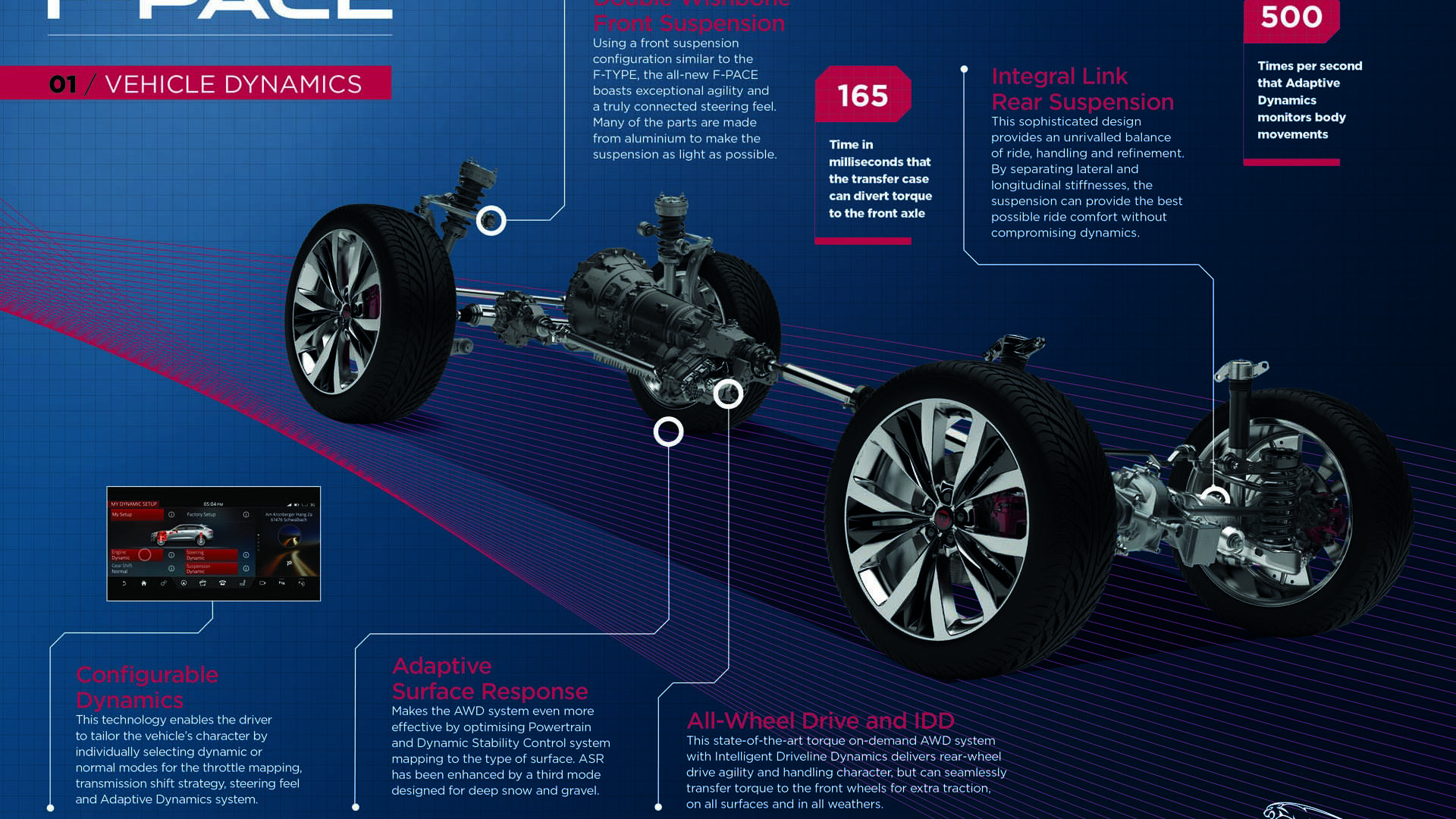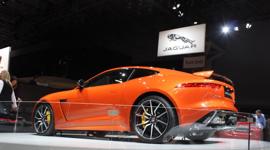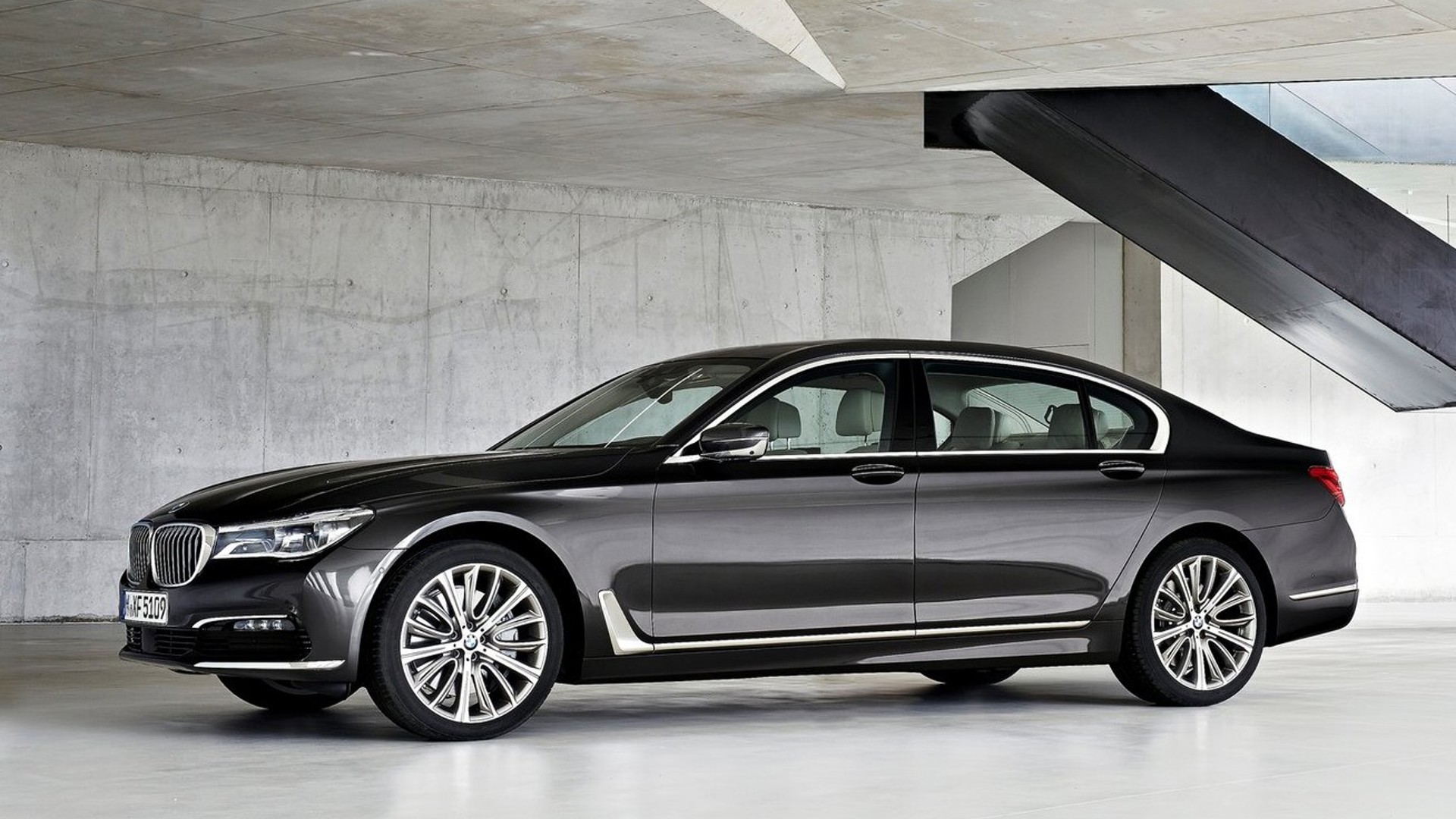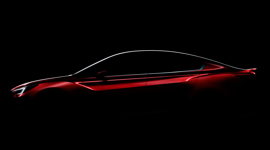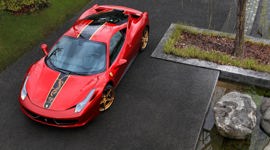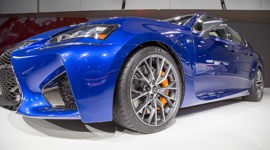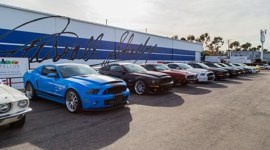While the Canadian International Auto Show in Toronto isn’t known for global debuts or breaking news, but it is a great opportunity to meet and speak to some of the leading figures in the automotive industry. In the coming weeks, we will have several interviews with designers and executives that can broaden our understanding of automotive design, engineering and the market.
We start with legendary designer Ian Callum, who rose to fame with the design of the Aston Martin DB7, which triggered the resurgence of the Aston Martin brand. After several years at Aston, he moved on to Jaguar, where he oversaw that brand’s design revolution, breaking from the traditionalist, old-fashioned designs that failed to correspond to the advanced aluminum construction and evocative powertrains that were under the skin.
With the XJ flagship and XF executive sedan having broken the mold and now firmly in the present design-wise, Jag turned to two crucial market segments, a smaller, entry-level sedan and a crossover, named XE and F-Pace, respectively, which will be hitting the market this year to high expectations. Both take Jaguar’s recent strong suits of technology and design and bring them to much higher volume segments while reflecting the brand’s values of performance and design, not to mention the prestige of this hallowed brand.
JY: Can you please share a few of your career highlights, some of your favourite past designs or designers that inspired you as you were coming up through the ranks?
IC: Oh, my goodness. Designer: Giugiaro definitely was an inspiration to me during the ‘70s and ‘80s. Bill Mitchell from GM during the ‘60s. I love the ‘60s GM cars like the Corvette and, maybe more importantly, cars like the Buick Riviera. Some of the Cadillacs of that era were really beautiful, you know – misunderstood, but very beautiful. Obviously, Pininfarina in the early years, Scaglietti. But I think Giugiaro probably had the strongest influence on me in terms of determination. I grew up with that origami style being the focus of my drawing techniques at that time. I’ve changed since then, but that was important.
JY: Which of his designs had that signature…
IC: His Ace series. Remember the Ace series? It had a few cars, the Ace of Spades, Clubs... One ended up at Isuzu. He did that series, and it was just a fabulous series. But going back in his former years he did the Miura – although Gandini says he did it, so who knows – but the Alfa Giulia Sprint, the GTV 2000, the Alfa 105, that little two-door coupe.
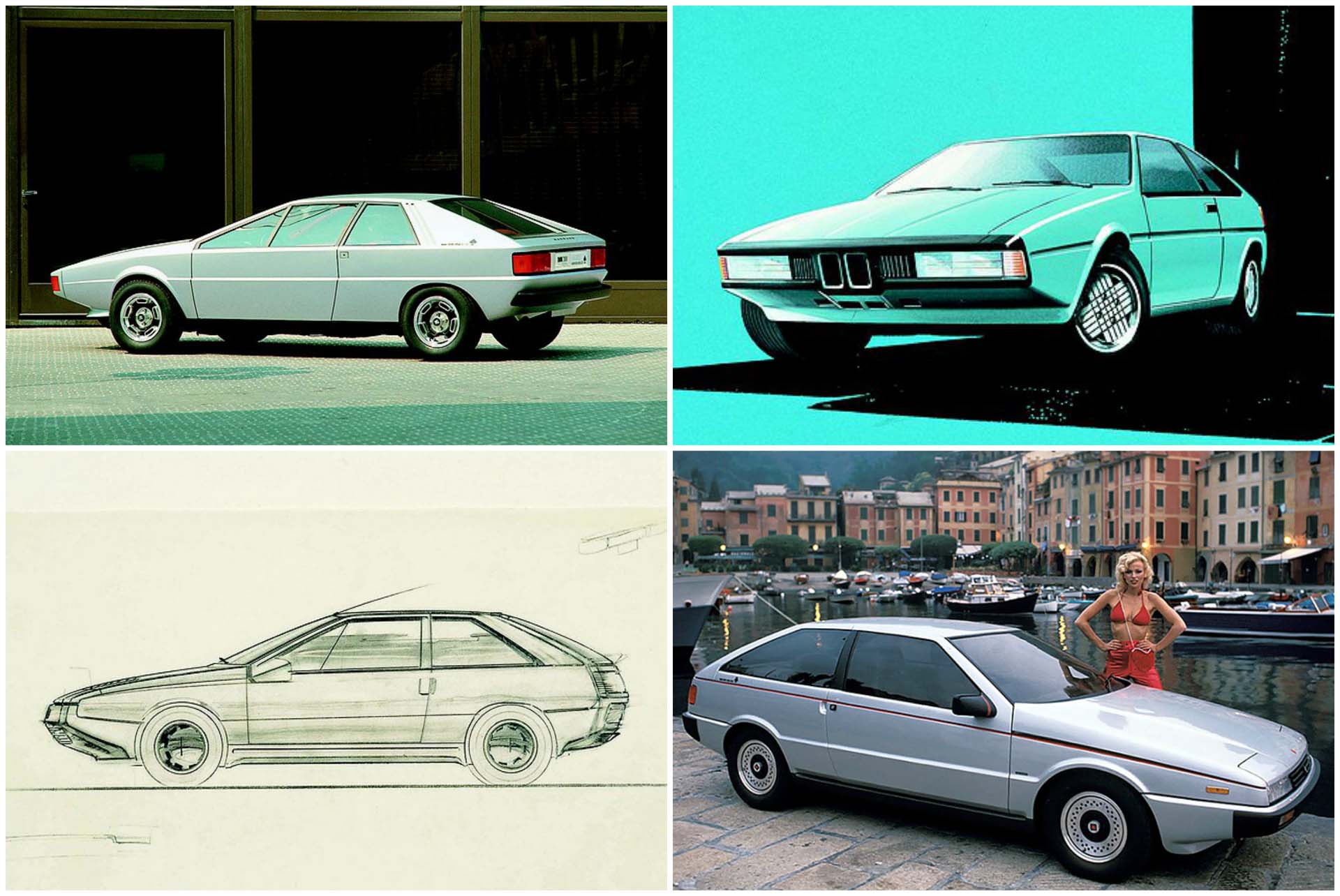
JY: We actually found a GTV 2000 available at a Quebec dealership on autoTRADER.ca last spring.
IC: Beautiful car. It’s such a beautiful car. It’s so simple, but lovely elegance. I’ve been trying to buy one for a while, but getting a good one is really rare. I love that. That’s Giugiaro’s stuff. He had a lot of influence.
JY: What about some of your designs? Which ones were pivotal?
IC: I worked at Ford for a while. I worked on the Escort RS, all-wheel drive, the one with the big wings on the back. I did that before I left Ford. When I was working at Ford I worked for Ghia, so the Ghia Via concept car was fairly pivotal. I did that with my brother, funnily enough.
After that, though, of course, the DB7 was the most important car of my life. It changed everything. It changed my life completely. I was an obscure designer working for a freelance company. I had left Ford. I didn’t want to do corporate stuff. I just took a chance, really, and working as a freelance designer my first job was [the DB7].

JY: So, how did a freelance designer get the gig to design a car for Aston Martin? That really changed Aston Martin’s entire forward path and design.
IC: They didn’t have a design department. What was happening was we were doing a car for Jaguar as a freelance company and we were trying to get Jaguar out of the XJS platform. Jag didn’t want us to do it. This was about 1991, ’92, and so Tom Walkinshaw, my boss, said, you carry on doing some work and changing the platform. It was a Jag platform. And I’ll go to Aston and see if they’d be interested in us doing a car for them. They said yeah, and so we created DB7. I left Ford not knowing what was going to happen in my life, thinking I would just be a back-room boy doing little projects, and that was it. I changed forever.
JY: Did you ever have the notion that you might start your own British design house in answer to Giugiaro’s ItalDesign?
IC: I was trying to do that with TWR Design. I just didn’t have enough… in retrospect, what I should have done is work it more as a business. I was so embroiled in just designing cars. I wasn’t interested in the business side, although we actually created quite a good turnover. We did quite well, but as work through TWR more than anything else. I wanted to turn that into a British Pininfarina. The frustration and, I think, the reality is there’s not much call for these sort of companies anymore because every car company is so self-sufficient now.
The Italian design studios used to design cars for everybody. They hardly exist anymore. Bertoni is gone. Giugiaro is now… well, ItalDesign is now Volkswagen.
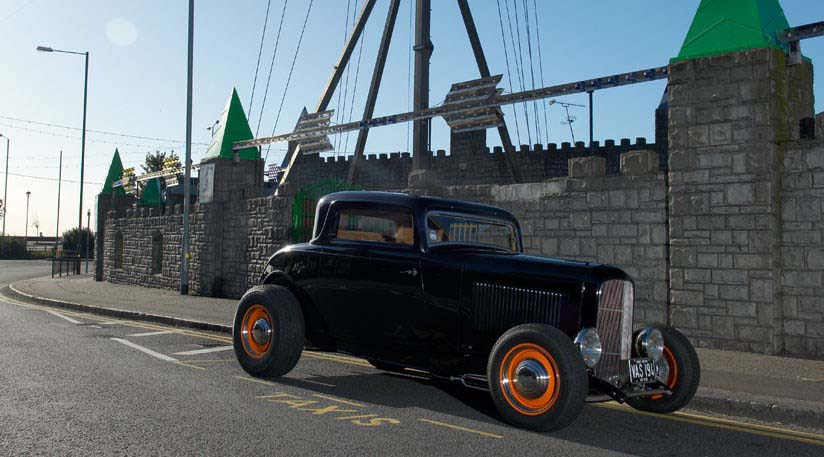
JY: What was your childhood dream car, the thing you grew up lusting after?
IC: Oh, my goodness. That’s a good question. A Ford Hot Rod. I always wanted to have a Ford Hot Rod, since I was a young boy. But in terms of real cars – and I’ve got one now, so I’m pleased, and my brother’s got about three – I think Jaguar has really… for some reason I really fell in love with the Series 1 XJ. I thought there was something very special about it. I loved Minis. I’ve got a few of those now. I don’t know. It kind of varies as you grow up, doesn’t it? Ferraris were always on the radar.
JY: What’s your current dream car right now? Not necessarily a new car. It could be a new car or maybe something that’s an auction block type. No price limit.
IC: There are so many. Oh, 250 short wheelbase, Ferrari. That’s my all-time favourite. It’s only about $9 million, $10 million?
I actually drove a very special one, an ex-Stirling Moss car up on the northwest coast of Scotland, number 7. It was fabulous. Amazing. One of the best days of my life.
JY: You mentioned that you have a Ford Hot Rod now. What else do you have in your garage?
IC: I’ve got a Ford Hot Rod. It’s a ’32 coupe which has been chopped dramatically. It’s got a 351 Windsor, so that’s about 450 horsepower. And I’ve got a ’56 Chevrolet two-door. Again, it’s hot rodded. It’s got thick wheels and it’s lowered, and it’s got a Summit small-block Chevy engine in it. On the British side I’ve got a Mark 2 Jag, which I’ve heavily modified. It’s been in a few magazines. You might want to look it up. Mark 2, 1963. I’ve just finished an XJ coupe, 1976, two door.
JY: The twelve-cylinder?
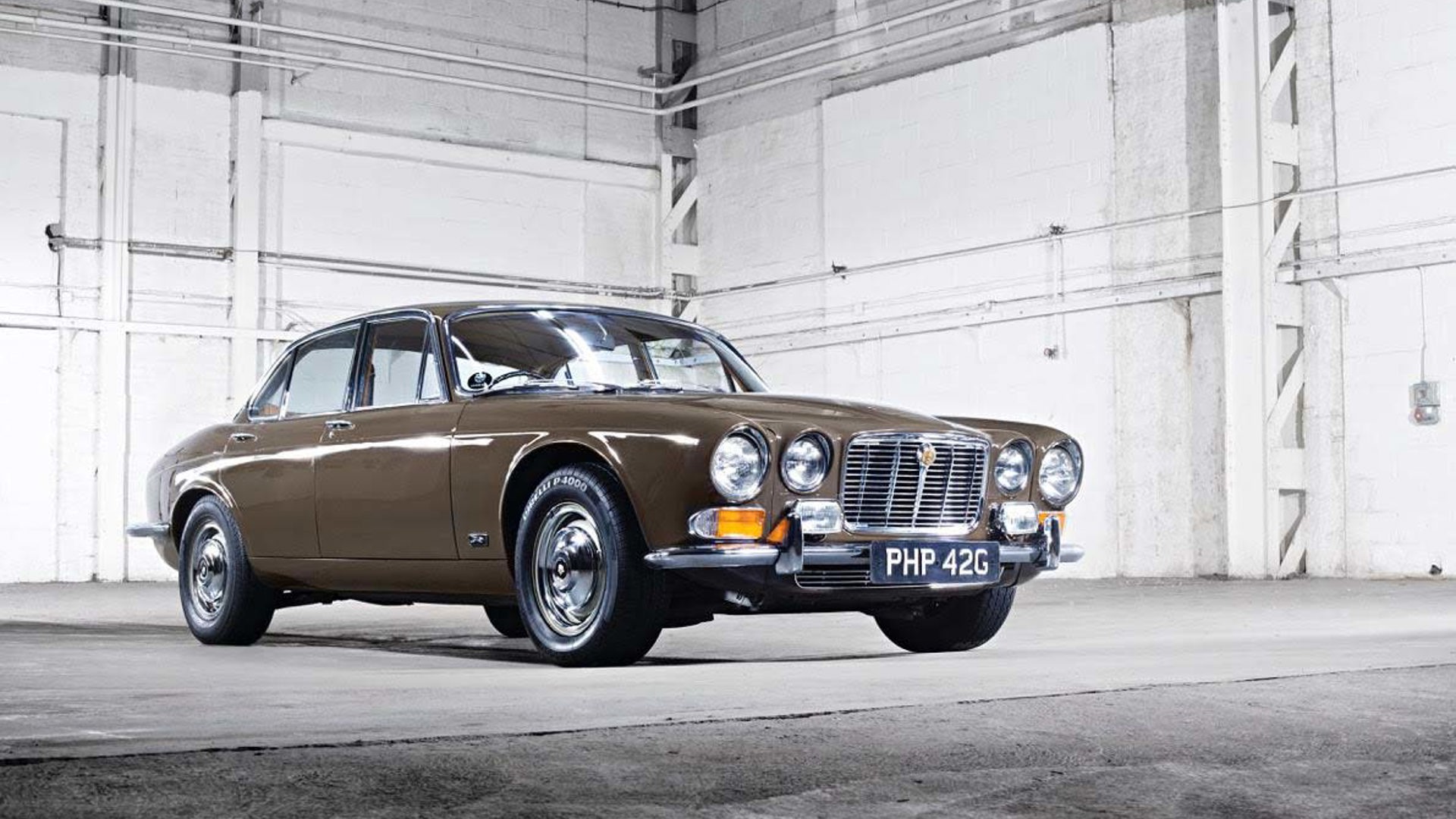
IC: It’s a six, actually. I opted for the six because the twelve… I don’t know. Rebuilding a twelve scared the hell out of me, so I thought I’d just go for the six. I’m not buying it for speed. So, I’ve got the two Jags. I’ve got two Minis, a ‘90s Mini Cooper injection, and I’ve got a 1968 Cooper S Mark 2. It’s the most expensive car I’ve got, I think. What else have I got? I’ve got a Land Rover Defender. I’ve forgotten something. Oh, a Triumph TR6.
JY: What do you drive on a daily basis?
IC: An F-Type. F-Type R.
JY: On to the F-Pace. I’m not sure if this is really your department, but how did you arrive at the name for the first Jaguar SUV?
IC: It wasn’t my department, although I was asked. I kept saying “Grace, Space, Pace” is an old Jaguar saying, and the PR department came up with it. We all agreed we wanted something to relate to the F-Type because the relationship is strong. So, the PR department – in fact, it was Fiona [Pargeter - Head of Global PR Communications, Jaguar Land Rover] – came up with the name. It was controversial, but it seems to work now.
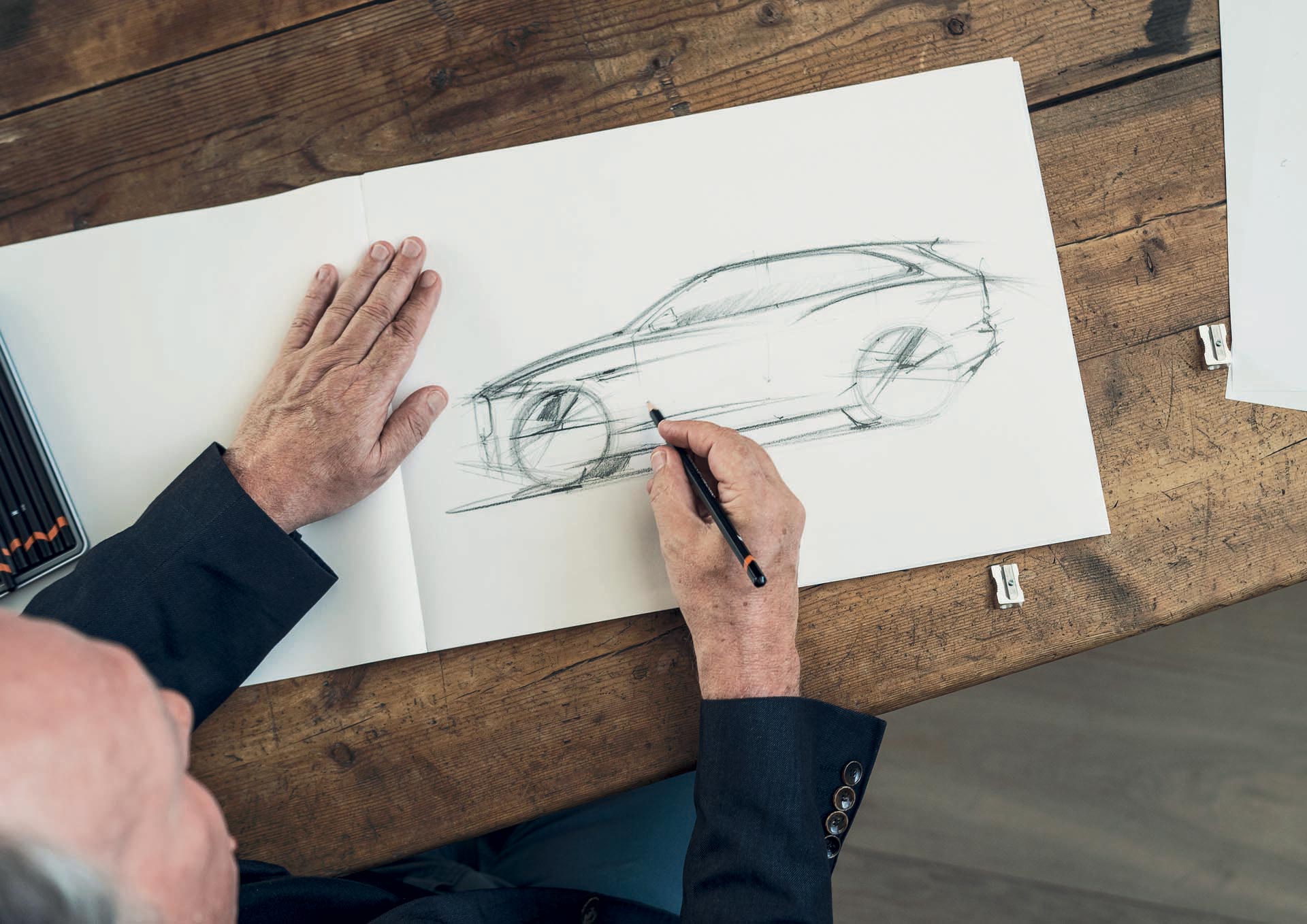
JY: I’m curious why possibly F-Pace and not F-Space for something that’s a utility with a focus on space?
IC: We wanted to focus on speed, pace. But that’s a good question.
JY: Back to the design, your realm. How does the F-Pace tie into the pantheon of past Jaguar designs?
IC: You know, a lot of people say to me: “How do you feel about this being here given it’s a Jag?”, and I say, “I think if Sir William Lyons were still alive he would approve.” In fact, he’d have probably done it before we did. He’d had insight into something that people wanted before we actually got around to it. So, on that side of it I feel absolutely comfortable we’ve done the right thing. In terms of how it sits with everything, its values are the same. It’s about performance. It’s about very pure, simple lines and surface, which is what Jaguar is all about. Dramatic silhouette. Although it’s an SUV it’s got a dramatic silhouette. We worked hard to get that roofline working. And it’s got a wheel at each corner. It’s just got all the things a Jaguar should do, just a slightly different proportion. I think it fits within the natural philosophy of Jaguar design. It goes way back.
JY: Where did you derive inspiration for some of the details, the headlights or the interior?
IC: Well, the headlights are kind of derived off the XE and XF, really. The grille and the front end, I wanted the front end to look and feel like the other Jags we’ve developed so that people start to recognize the brand. Our biggest issue at Jaguar is we want people to understand who we are and what we do, and I think a common face or a similar face helps to do that. The back end of the car is very much like the F-Type.

JY: Are there any pieces of the design that you feel are a homage to any of your beloved Jaguar designs of the past?
IC: Yeah. The taillights, which were kind of taken a little bit off the F-Type, which was taken off the E-Type. The E-Type had these wonderful horizontal lamps with the round circle, and that’s what this car has. The grille itself was taken from the original XJ6 Series 1. It kind of sunk into the bodywork, which was quite unique in those days. So, yeah, there are bits and pieces, absolutely.
JY: Was there any conscious thought about when to design something in homage to Jags of the past versus when to break new ground, to do something new and original?
IC: Well, it’s mostly about doing something new and original. I think if you hold onto the rulebook, which is about doing something which is basically beautiful or at least fascinating to look at, then that’s enough. I think beyond that the rest of the stuff we can highlight as being of a different generation. It’s really the cherry on the cake. It’s not absolutely necessary. But I think it’s always about just making sure the lines are beautiful. That’s it. Keep it simple.
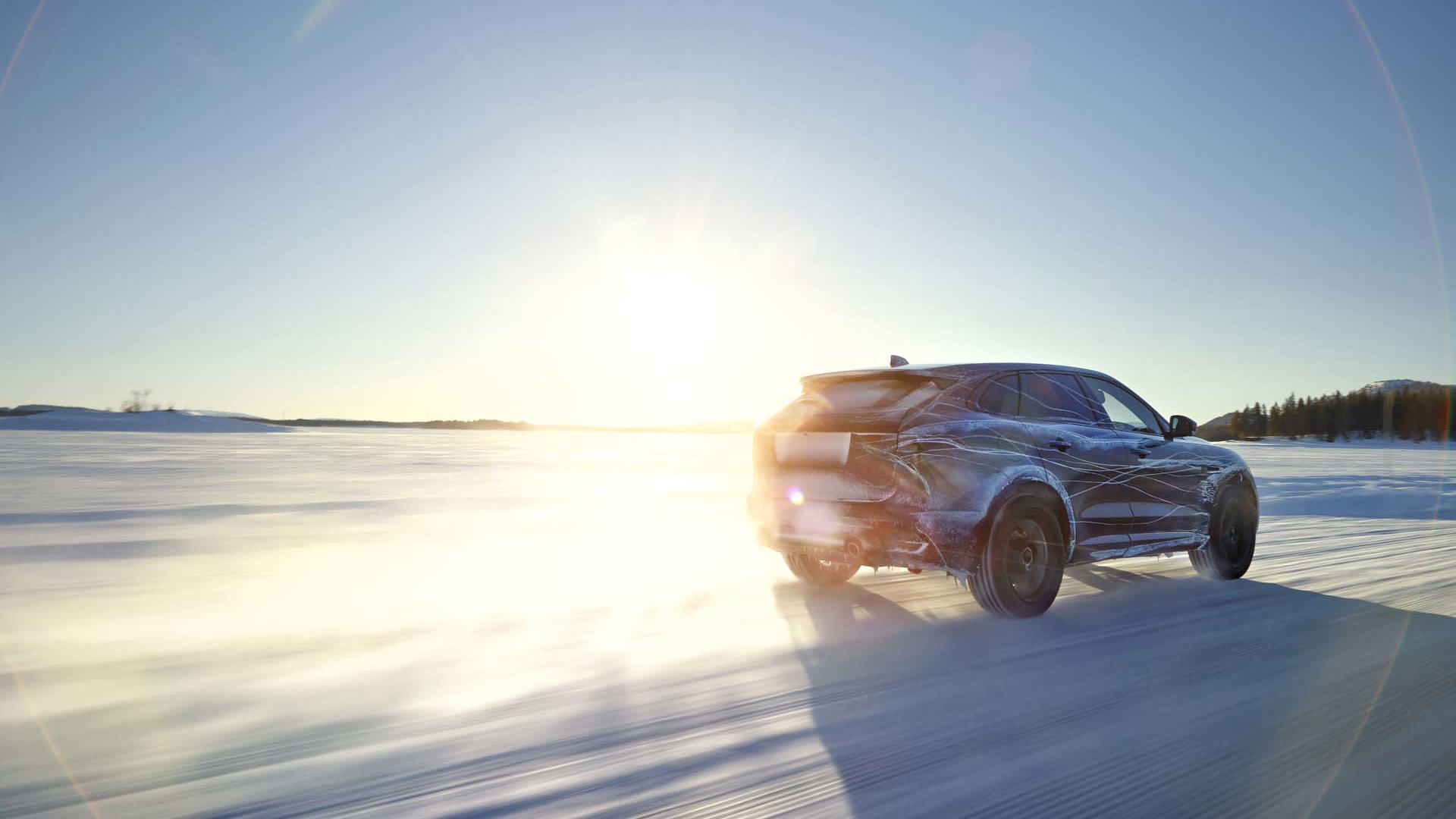
JY: What is your favourite detail of the F-Pace, something that makes it truly special?
IC: Just the rear three quarters. It’s the little haunches on the back of the car which give it that muscular feel, and the way the cabin just tapers away from it. When you sit behind one, which I have done in a few now in England, it’s got a real slightly toughtie-roughtie stance about it. It’s got that confidence, which I love about the car. When you see the front in the rear-view mirror, it really has a confidence about it. I love the front end.
JY: I’m curious if there are any Easter eggs hidden in the interior design, things that you might not notice and you might have to dig a little bit deeper to find?
IC: Let me think. Probably not so much in this car, no. I don’t think there are any Easter eggs, not really. But when you open up the interior of a black XJ, inside the glove box and inside the armrest is fluorescent purple velvet. It’s quite shocking. Yeah, we need some Easter eggs… There might be in the next one.

